CPAP Mask Online Shopping: How to Ensure You’re Choosing the Right Mask for You
Choosing the right CPAP mask for your needs is essential for effective sleep apnea treatment. With the convenience of online shopping, it’s possible to find various options without stepping out of your home. However, the multitude of choices available can be overwhelming. This article will guide you through the essential considerations to ensure that you select the right CPAP mask for your usage.
Understanding the Importance of Choosing the Right CPAP Mask
The effectiveness of CPAP therapy largely hinges on finding the right mask. A poorly fitted or uncomfortable mask can lead to non-compliance, meaning that users might not wear it consistently, which can exacerbate sleep apnea symptoms.
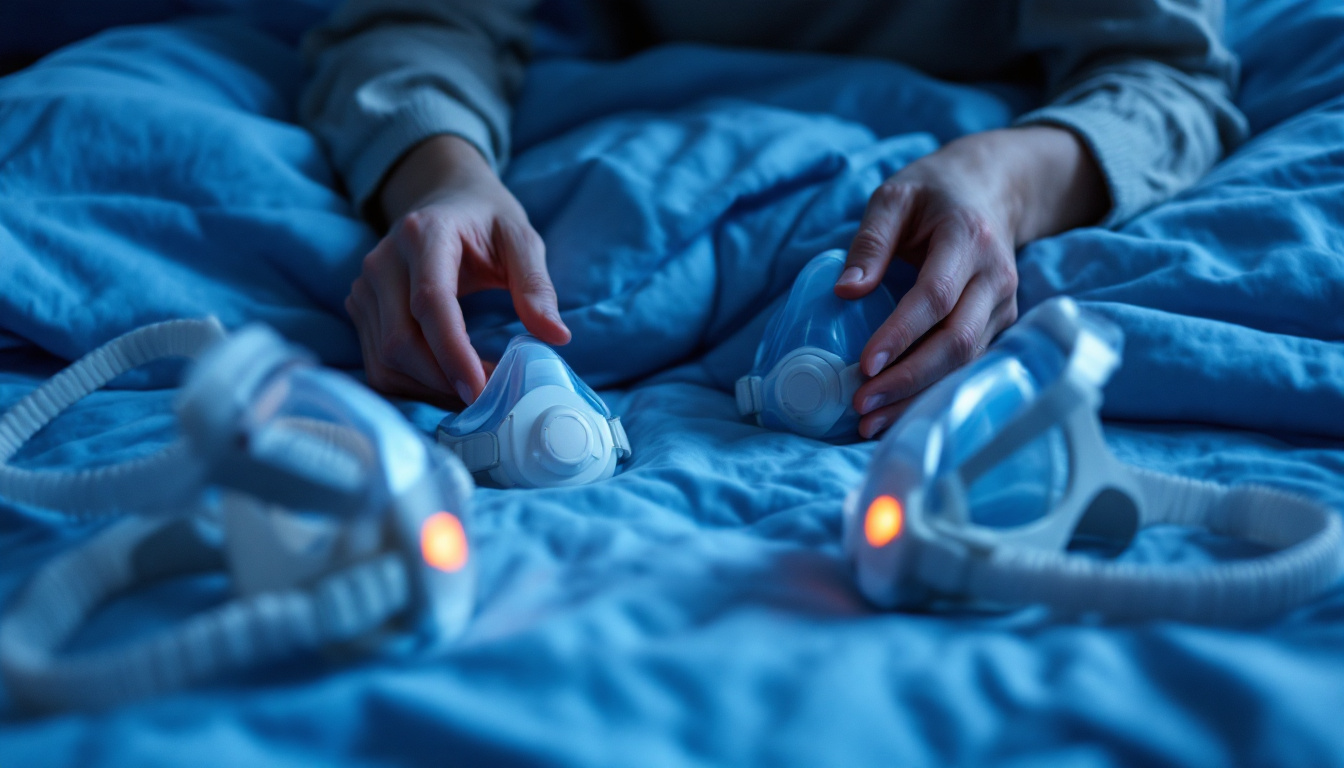
Moreover, a suitable mask ensures proper air delivery, which is crucial for minimizing sleep disruptions and maximizing the benefits of therapy. Therefore, understanding the nuances of CPAP mask online selection is vital for anyone relying on this treatment.
The Role of CPAP Masks in Sleep Apnea Treatment
CPAP masks are designed to deliver continuous positive air pressure to keep the airway open during sleep. This treatment reduces the risk of apnea episodes, improves sleep quality, and subsequently enhances overall health outcomes.
Each mask has different designs and features, targeting various facial structures and sleep positions. A well-chosen mask reduces leaks, minimizes discomfort, and makes adherence to therapy much easier. For instance, full-face masks are often recommended for individuals who breathe through their mouths, while nasal masks may be more suitable for those who primarily breathe through their noses. Understanding these distinctions can significantly impact the effectiveness of the therapy.
Factors that Make a CPAP Mask ‘Right’ for You
Many factors contribute to finding the right CPAP mask, including comfort, size, and personal sleep habits. Some individuals may prefer a lightweight mask that does not restrict movement, while others might prioritize a seal that prevents air leaks.
Additionally, respiratory conditions, facial anatomy, and even personal preferences about material can affect mask choice. Consulting with a healthcare provider can provide valuable insights tailored to individual needs. Furthermore, it’s essential to consider the maintenance of the mask, as regular cleaning and replacement can prevent infections and ensure optimal performance. Users should also explore the variety of accessories available, such as mask liners and cushions, which can enhance comfort and improve the fit, making the CPAP experience more pleasant and effective.
Different Types of CPAP Masks Available Online
When shopping online, it’s essential to familiarize yourself with the primary types of CPAP masks. Each type is designed for different user preferences and needs. Here’s a breakdown of the most common varieties.
Full Face Masks
Full face masks cover both the nose and mouth, making them suitable for people who breathe through their mouths during sleep. They provide a secure seal and allow for a higher air pressure delivery, which is beneficial for users with severe sleep apnea.
However, some users find full face masks bulky or uncomfortable. It’s crucial to try one on to ensure comfort and fit, especially for those new to CPAP therapy. Additionally, full face masks often come with adjustable straps and various cushion sizes to enhance comfort and accommodate different facial structures. Users should also consider the materials used in the mask, as hypoallergenic options can help prevent skin irritation over prolonged use.
Nasal Masks
Nasal masks cover just the nose and are generally smaller and more lightweight than full face masks. They are ideal for individuals who primarily breathe through their nose.
This type of mask can offer a snug fit and reduce air leakage, but they may not be suitable for users who experience nasal congestion or allergies. Ventilation systems in nasal masks also help reduce noise, making them a preferred choice for many. Moreover, nasal masks often have adjustable headgear that allows users to customize the fit, ensuring that they remain in place throughout the night. Some models even feature a quick-release mechanism, making it easier to detach the mask without removing the entire setup, which is particularly useful for those who need to get up during the night. Read more about Ventilation at https://www.ncbi.nlm.nih.gov/books/NBK143277/
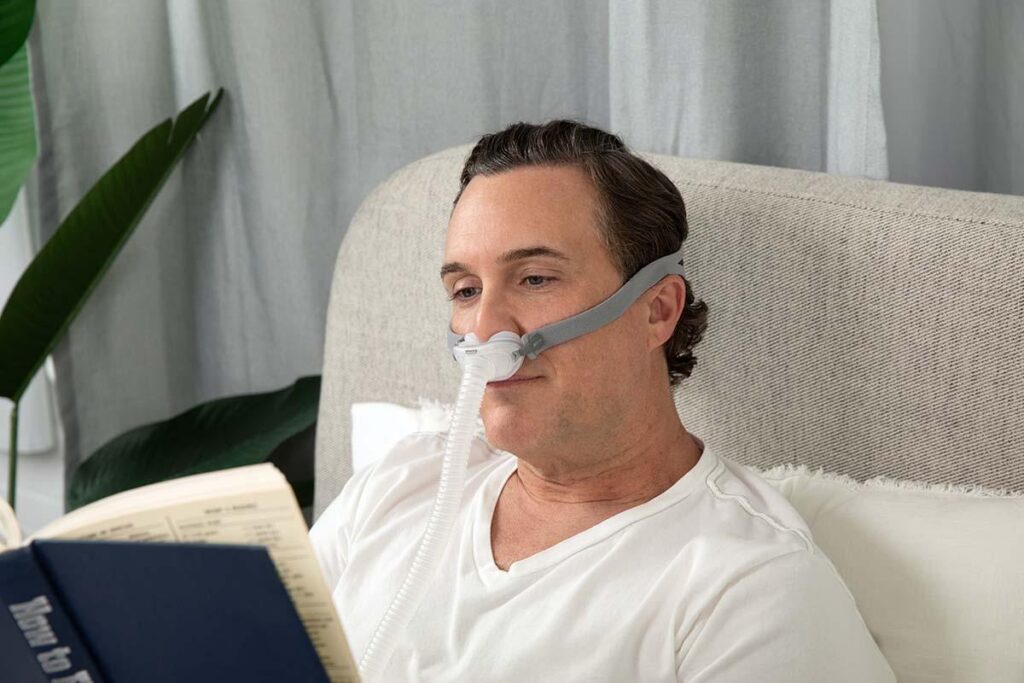
Nasal Pillow Masks
Nasal pillow masks have soft, inflatable pillows that rest at the entrance of the nostrils. These masks are minimalistic and provide a less intrusive option for light sleepers or those who feel confined in larger masks.
Although they offer comfort and great visibility, they may not provide adequate support for individuals who require higher air pressures or who tend to breathe through their mouths. Users often appreciate the lightweight design, which can make it easier to sleep in various positions without feeling restricted. Additionally, nasal pillow masks typically come with a range of sizes for the pillows, allowing for a more personalized fit that can enhance comfort and effectiveness. For those who travel frequently, many nasal pillow masks are compact and easy to pack, making them a convenient choice for maintaining CPAP therapy on the go.
Tips for Buying CPAP Masks Online
Purchasing a CPAP mask online can be convenient but necessitates careful consideration. Here are key tips to help you navigate your shopping experience effectively.
Reading Product Descriptions Carefully
Before making a purchase, thoroughly read the product descriptions. Pay attention to details such as material types, available sizes, and fitting instructions.
Understanding the design features and benefits will help ensure that the mask you choose aligns with your specific needs. Look for specifics on how the mask is secured, its weight, and any additional features that enhance comfort. For instance, some masks come with adjustable straps or cushioning that can significantly improve the fit and reduce pressure points, which can be particularly beneficial for those who wear their masks for extended periods during the night.
Checking Customer Reviews and Ratings
Customer reviews can provide real-world insights into the masks you are considering. Look for feedback about comfort levels, sizing accuracy, and performance.
High ratings consistently indicate that a product meets user expectations, while recurring complaints may highlight potential issues to be aware of before purchasing. Additionally, consider the context of the reviews—individual experiences can vary widely based on personal preferences and sleep habits. Engaging with community forums or discussion groups dedicated to sleep apnea can also yield valuable recommendations and warnings based on collective experiences. To read more about habits click here.
Considering the Return Policy
Since finding the right CPAP mask often requires some trial and error, it’s vital to check the return policy before purchasing. Look for retailers that offer hassle-free returns or exchanges if the mask does not meet your expectations.
Some companies allow a trial period, so you can assess your comfort and effectiveness before making a final commitment. Moreover, it can be beneficial to inquire about any warranties that accompany the mask, as this can provide additional peace of mind regarding your investment. Understanding the lifespan of the mask and when it should be replaced is also crucial, as maintaining the integrity of your CPAP equipment is essential for optimal therapy outcomes.
How to Properly Size a CPAP Mask
Sizing is one of the most critical aspects of selecting a CPAP mask. An improperly sized mask can lead to discomfort and ineffective therapy. Here are steps to ensure a proper fit.
Measuring Your Face for a CPAP Mask
Use a flexible measuring tape to measure your face. Begin by measuring the distance from the bridge of your nose to the chin and then the width of your nose. This simple task can provide the necessary dimensions for accurate sizing.
Measurements will help identify the appropriate size range when selecting your mask online. Be sure to cross-reference sizing guides provided by manufacturers, as sizes may vary.
Understanding CPAP Mask Sizing Charts
Consult the sizing chart provided by the mask manufacturer to determine which size is recommended based on your measurements. These charts typically include a range of sizes from small to large and may even have additional indicators for specific facial features.
It might also be beneficial to contact customer service or consult a healthcare professional if you’re uncertain about the sizing process.
Maintaining Your CPAP Mask for Long-Term Use
Once you have your CPAP mask, proper maintenance is essential to ensure its longevity and effectiveness. Regular care can also improve your overall experience with CPAP therapy.
Cleaning and Replacing Your CPAP Mask
Clean your CPAP mask daily according to the manufacturer’s guidelines. Generally, this involves gently washing the mask with mild soap and water and allowing it to air dry completely before its next use.
Remember, masks should be replaced as needed—typically every six months to a year—depending on wear and tear. Keeping track of replacement schedules can help maintain a consistent therapy routine.
Troubleshooting Common CPAP Mask Problems
Users may encounter common issues, such as leaks or discomfort. If you experience air leaks, ensure that your mask is properly fitted and that the seal is intact. Adjusting the straps can help improve fit and function.
For any significant issues, consult your healthcare provider or the mask manufacturer for solutions. Many problems can be …
Read MoreDiscovering Your Sleep Type: The Benefits of a Sleep Type Test
Do you often find yourself tossing and turning at night, struggling to fall asleep? Or maybe you drift off to dreamland effortlessly but still wake up feeling groggy and exhausted. If either of these scenarios sounds familiar, it’s possible that you haven’t yet discovered your sleep type. Understanding your sleep type can provide valuable insights into your sleeping patterns and help you make necessary adjustments to improve the quality of your sleep. In this article, we will delve into the concept of sleep types, explore the science behind them, and discuss the benefits of identifying your unique sleep type.
Understanding the Concept of Sleep Types
Sleep types are a fascinating way to classify individuals based on their natural sleeping patterns and preferences. Just as some people are morning people while others are night owls, sleep types categorize individuals into different groups based on their optimal sleep-wake schedule and overall sleep quality.
But what exactly determines our sleep type? The answer lies in a combination of factors that have been extensively studied by researchers. Genetics, for instance, play a significant role in determining our sleep preferences. Certain genes can influence whether we are more inclined to be early birds or night owls. However, it’s not just our genes that shape our sleep patterns; environmental factors and personal habits also come into play.
Discovering your sleep type through a sleep type test can be a transformative step towards improving your sleep quality and overall well-being. By understanding your sleep preferences and making necessary adjustments, you can unlock the potential for restful and rejuvenating sleep, leading to a healthier and more fulfilling life.
One key factor in understanding sleep types is the concept of chronotypes. Chronotypes describe our individual biological clocks, which determine our preferred sleep and wake times. It’s like having an internal compass that guides our sleep habits. Generally, there are three main chronotypes:
- Early birds: Those who naturally wake up early in the morning and prefer going to bed early in the evening. These individuals thrive in the early hours, feeling most alert and productive.
- Neutral chronotypes: Individuals who fall somewhere in the middle, not particularly inclined towards being early birds or night owls. They have a more flexible sleep-wake schedule and can adapt to different routines.
- Night owls: People who have a natural tendency to stay awake late at night and struggle with early morning wake-ups. These individuals often find their creative energy and peak productivity during the late hours.
Understanding your chronotype can be a game-changer when it comes to optimizing your daily routine. By aligning your activities with your natural biological rhythms, you can enhance your sleep quality and overall well-being.
Now, let’s delve deeper into the world of sleep types and explore some of the common classifications based on sleep quality and patterns:

Common Sleep Types and Their Characteristics
While chronotypes provide a broad categorization of sleep types, there are also more specific classifications that shed light on different sleep characteristics. These classifications can help us understand our sleep patterns on a more detailed level. Here are a few examples:
- Deep sleepers: Individuals who experience longer periods of deep, restorative sleep and are less likely to be disturbed during the night. These individuals often wake up feeling refreshed and rejuvenated, as their bodies have had ample time to repair and recharge.
- Light sleepers: People who have a more sensitive sleep state, easily awakened by external stimuli. These individuals may find it challenging to stay asleep throughout the night, as even minor disturbances can disrupt their sleep. However, their light sleep state also means they are more alert and responsive to their surroundings.
- Irregular sleepers: Those who have irregular sleep patterns, often experiencing periods of sleeplessness or frequent awakenings throughout the night. These individuals may struggle with maintaining a consistent sleep routine, as their sleep-wake cycles can be unpredictable. However, with proper sleep hygiene practices, they can still achieve restful sleep.
Identifying your sleep type can provide valuable insights into your sleep patterns, enabling you to tailor your sleep habits to meet your specific needs. Whether you’re a deep sleeper who needs a calm and quiet sleep environment or a light sleeper who benefits from white noise machines, understanding your sleep type can help you create an optimal sleep environment and improve the quality of your rest.
The Importance of Identifying Your Sleep Type
Impact on Physical Health
Getting sufficient and quality sleep is essential for maintaining optimal physical health. Your sleep type can influence various aspects of your physical well-being, including your energy levels, immune system function, and the risk of developing certain health conditions, such as obesity, diabetes, and cardiovascular diseases.
By understanding your sleep type, you can make adjustments to ensure you allow yourself enough time to get adequate sleep and create an environment conducive to your sleep needs.
Furthermore, identifying your sleep type can also help you recognize patterns in your sleep behavior. For example, if you are a night owl who struggles to fall asleep early, understanding this preference can guide you in scheduling activities that require mental alertness during your peak hours, thus optimizing your productivity and overall well-being.
Influence on Mental Well-being
Just as sleep affects our physical health, it also plays a crucial role in our mental well-being. Lack of quality sleep can lead to mood swings, increased stress levels, impaired cognitive function, and even contribute to mental health disorders such as anxiety and depression.
Identifying your sleep type allows you to align your sleep routine with your natural inclinations, promoting better mental well-being and emotional stability.
Moreover, understanding your sleep type can aid in establishing a bedtime routine that caters to your specific needs, whether you thrive on a consistent schedule or require flexibility in your sleep patterns. This self-awareness can empower you to make informed decisions about your sleep habits, leading to improved mental clarity and emotional resilience in your daily life. Find more about flexibility on https://health.ucdavis.edu/sports-medicine/resources/flexibility
The Role of a Sleep Type Test
Understanding your unique sleep patterns and preferences is crucial for maintaining good sleep health. A sleep type test serves as a valuable tool in this process, offering insights into your individual sleep needs. By delving into various aspects of your sleep quality, chronotype, and habits, these tests provide a comprehensive analysis of your sleep behavior.
Moreover, a sleep type test can help you uncover underlying issues that may be affecting your sleep, such as insomnia, sleep apnea, or circadian rhythm disorders. By pinpointing these issues, you can take proactive steps to address them and improve the quality of your sleep.
What Does a Sleep Type Test Involve?
A sleep type test typically consists of a series of thoughtfully crafted questions that aim to capture the nuances of your sleep patterns. These questions may cover topics such as your preferred sleep environment, bedtime routines, and daytime alertness levels. By analyzing your responses, the test can categorize you into different sleep types, such as a morning lark or a night owl.
Interpreting Your Sleep Type Test Results
Once you have completed a sleep type test, the next crucial step is interpreting the results accurately. Understanding your sleep type can empower you to make informed decisions about your sleep habits and routines. For example, if you discover that you have a delayed sleep phase, you may benefit from adjusting your bedtime to align with your natural sleep tendencies.
Furthermore, interpreting your sleep type test results can help you optimize your sleep environment. Whether it’s investing in a comfortable mattress, incorporating relaxation techniques before bed, or minimizing screen time before sleep, tailoring your sleep environment to your specific needs can significantly enhance the quality of your rest.
Tailoring Your Sleep Habits According to Your Sleep Type
Sleep Hygiene for Different Sleep Types
Sleep hygiene refers to a set of practices and habits that promote good sleep quality. However, different sleep types may require different approaches to achieve optimal sleep hygiene.
For example, if you are a light sleeper, you may benefit from minimizing noise and light exposure in your sleep environment. Using earplugs or a white noise machine can help create a more peaceful sleeping environment for light sleepers. Additionally, investing in blackout curtains can block out unwanted light, signaling to your body that it’s time to rest.
On the other hand, if you are a deep sleeper, you may need to focus on establishing a consistent bedtime routine to ensure you get enough sleep. Deep sleepers may overlook the importance of winding down before bed, so incorporating calming activities like reading a book or taking a warm bath can signal to your body that it’s time to prepare for sleep.
Adjusting Your Daily Schedule Based on Your Sleep Type
In addition to sleep hygiene practices, you can also make adjustments to your daily schedule to align with your sleep type. For instance, if you are a night owl, you may find it helpful to schedule demanding tasks or creative activities during your peak alertness in …
Read MoreSleep Apnea Testing in Brisbane: Your Complete Guide
Sleep apnea is a common sleep disorder that affects many people in Brisbane and around the world. If left untreated, it can lead to serious health complications. In this complete guide, we will explore everything you need to know about sleep apnea testing in Brisbane, from understanding the condition itself to the different types of tests available and how to interpret the results.
Understanding Sleep Apnea
What is Sleep Apnea?
Sleep apnea is a sleep disorder characterized by pauses in breathing or instances of shallow breathing during sleep. These interruptions, known as apneas, can last for a few seconds to minutes and can occur multiple times throughout the night. The most common type of sleep apnea is obstructive sleep apnea (OSA), where the airway becomes blocked or collapses during sleep, causing the individual to momentarily stop breathing.
In conclusion, sleep apnea is a serious sleep disorder that requires diagnosis and appropriate treatment. By understanding the condition, recognizing its symptoms, and undergoing sleep apnea test Brisbane can take control of their health and improve their quality of life. If you suspect you or your loved ones have sleep apnea, consult a healthcare professional who specializes in sleep medicine to guide you through the testing process and develop an effective treatment plan.
It is important to note that sleep apnea can affect individuals of all ages, including children. In pediatric cases, sleep apnea may be caused by enlarged tonsils or adenoids, leading to breathing difficulties during sleep. Identifying and addressing sleep apnea in children is crucial for their overall health and development.
Symptoms and Risks of Sleep Apnea
Recognizing the symptoms of sleep apnea is crucial for early diagnosis and treatment. Common symptoms include loud snoring, excessive daytime sleepiness, morning headaches, difficulty concentrating, and irritability. Untreated sleep apnea can lead to serious health risks such as high blood pressure, heart disease, stroke, and even diabetes.
Individuals with untreated sleep apnea may also experience nocturia, which is the frequent need to urinate during the night. This symptom can disrupt sleep patterns and contribute to feelings of fatigue and daytime drowsiness. Additionally, untreated sleep apnea has been linked to an increased risk of developing mood disorders such as depression and anxiety.

The Importance of Sleep Apnea Testing
Health Implications of Untreated Sleep Apnea
Undiagnosed and untreated sleep apnea can significantly impact your overall health and quality of life. It can contribute to the development or worsening of various health conditions, including hypertension, cardiovascular disease, and metabolic disorders. By undergoing sleep apnea testing, you can identify the presence and severity of the condition, allowing for appropriate treatment and management.
Sleep apnea is a common but serious sleep disorder that affects millions of people worldwide. It is characterized by pauses in breathing or shallow breaths during sleep, leading to disruptions in the normal sleep cycle. These interruptions can result in poor sleep quality, daytime fatigue, and increased risk of accidents due to drowsiness.
Read more at: Discovering Your Sleep Type The Benefits of a Sleep Type Test
The Role of Sleep Apnea Testing in Diagnosis
Sleep apnea testing plays a crucial role in the diagnosis of this sleep disorder. It helps healthcare professionals determine the presence and severity of sleep apnea, as well as identify any underlying causes or contributing factors. Through proper diagnosis, healthcare providers can develop a personalized treatment plan tailored to your specific needs.
There are different methods of sleep apnea testing available, ranging from in-lab polysomnography to home sleep apnea tests. These tests monitor various parameters during sleep, such as breathing patterns, oxygen levels, and heart rate, to assess the presence and severity of sleep apnea. Based on the results of these tests, healthcare providers can recommend appropriate treatment options, which may include continuous positive airway pressure (CPAP) therapy, oral appliances, or lifestyle modifications.
Different Types of Sleep Apnea Tests
Home Sleep Tests
Home sleep tests are convenient and cost-effective options for diagnosing sleep apnea. They involve using portable devices that measure breathing patterns, oxygen levels, and other parameters while you sleep in the comfort of your own home. These tests are typically recommended for individuals with a high suspicion of mild to moderate sleep apnea. Learn more about oxygen on https://www.utoledo.edu/nsm/ic/elements/oxygen.html
One of the advantages of home sleep tests is that they allow you to sleep in your usual environment, which may provide a more accurate reflection of your typical sleep patterns. Additionally, the data collected during a home sleep test can help healthcare providers tailor treatment plans to suit your specific needs and lifestyle.
In-Lab Sleep Tests
In-lab sleep tests, also known as polysomnography, are conducted in a sleep laboratory or clinic. During this test, you will stay overnight and be monitored by a team of healthcare professionals. Various measurements, including brain activity, breathing patterns, heart rate, and oxygen levels, will be recorded to evaluate the quality of your sleep and detect any potential sleep disorders.
One key benefit of in-lab sleep tests is the comprehensive nature of the monitoring process. The presence of trained technicians allows for real-time adjustments and troubleshooting, ensuring the accuracy and reliability of the data collected. Moreover, conducting the test in a controlled environment enables healthcare providers to observe your sleep behavior closely, leading to a more detailed analysis and diagnosis.
Preparing for a Sleep Apnea Test
When preparing for a sleep apnea test, it is important to understand the significance of this diagnostic procedure. Sleep apnea is a common sleep disorder characterized by pauses in breathing or shallow breaths during sleep. These interruptions can lead to fragmented sleep, daytime fatigue, and other health issues. By undergoing a sleep apnea test, healthcare providers can assess the severity of your condition and recommend appropriate treatment options.
What to Expect During the Test
Before undergoing a sleep apnea test, it is essential to know what to expect. Depending on the type of test, you may need to make certain preparations, such as avoiding caffeine and alcohol, ensuring a comfortable sleeping environment, and following any specific instructions provided by your healthcare provider. During the test, electrodes and sensors will be applied to monitor various aspects of your sleep.
The electrodes will record data such as brain waves, eye movements, heart rate, and muscle activity during different stages of sleep. These measurements help healthcare providers identify patterns of disrupted breathing and assess the quality of your sleep. While the idea of being monitored during sleep may seem daunting, it is a crucial step in diagnosing and managing sleep apnea effectively.
Tips for the Night Before Your Test
To ensure accurate results, it is crucial to prepare yourself physically and mentally for the sleep apnea test. Some tips for the night before the test include maintaining a regular sleep schedule, avoiding heavy meals and strenuous exercise, creating a relaxing bedtime routine, and minimizing external distractions in your sleep environment.
Additionally, it is advisable to inform your healthcare provider about any medications you are taking and any pre-existing conditions that may affect your sleep patterns. By being proactive and following these recommendations, you can optimize the testing process and contribute to a more comprehensive evaluation of your sleep health.
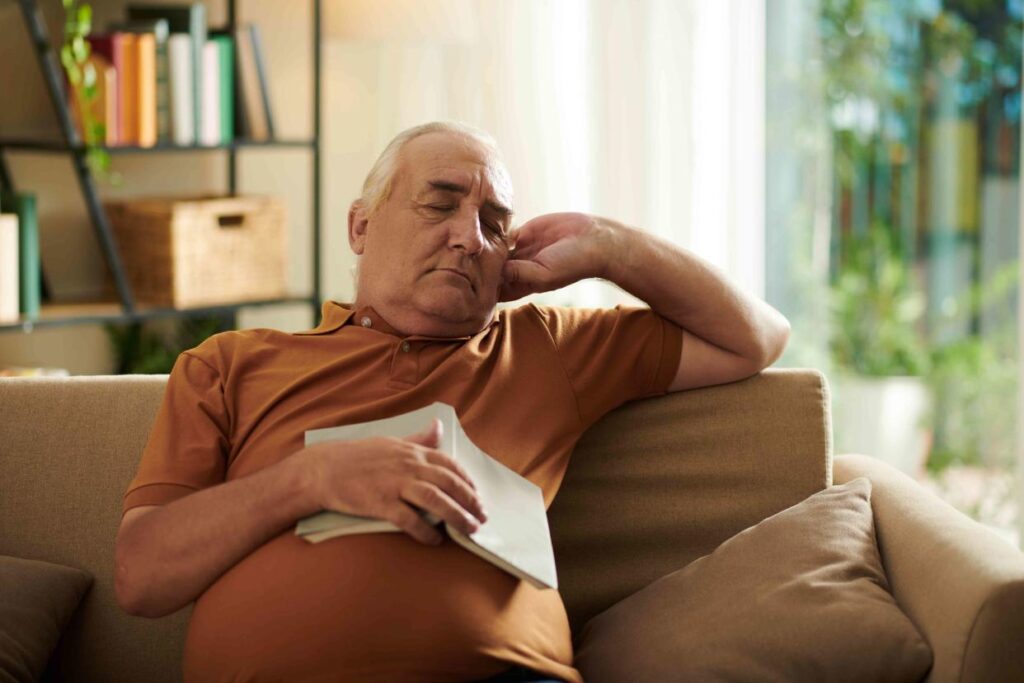
Interpreting Your Sleep Apnea Test Results
Understanding Your Test Scores
Once your sleep apnea test is complete, your healthcare provider will analyze the collected data and provide an interpretation of the results. The test scores will determine the presence and severity of sleep apnea, categorizing it as mild, moderate, or severe. Understanding your test scores is crucial in formulating an appropriate treatment plan and determining the next steps in managing your sleep apnea.
When looking at your test scores, it’s essential to pay attention to various factors such as the number of apnea events per hour, oxygen levels during sleep, and the overall quality of your sleep. These details can give valuable insights into the impact of sleep apnea on your health and well-being. By understanding the nuances of your test scores, you and your healthcare provider can tailor a treatment plan that addresses your specific needs and improves your sleep quality.
Next Steps After Diagnosis
After receiving a sleep apnea diagnosis, your healthcare provider will discuss treatment options with you. These may include lifestyle modifications, continuous positive airway pressure (CPAP) therapy, oral appliances, or surgery, depending on the severity of your condition. It is important to follow the recommended treatment plan to improve your sleep quality and overall health.
Furthermore, lifestyle changes such as maintaining a healthy weight, avoiding alcohol and sedatives before bedtime, and sleeping on your side instead of your back can also help alleviate symptoms of sleep apnea. These adjustments, combined with medical interventions, can significantly enhance the effectiveness of your treatment plan and enhance your quality of life. Click here to learn more about interventions.
… Read MoreSleep Study Ipswich: Analysing Sleep Patterns in Queensland
Sleep is a fundamental aspect of our daily lives, yet it is often overlooked and undervalued. In recent years, sleep disorders have been on the rise, leading to a growing concern for public health. To shed light on this issue, a comprehensive sleep study was conducted in Ipswich, Queensland. The study aimed to analyze sleep patterns in the region and provide valuable insights into the importance of sleep and its impact on health.
Understanding the Importance of Sleep
Before delving into the details of the sleep study in Ipswich, it is essential to grasp the significance of sleep itself. Sleep is not merely a state of rest; it is a complex physiological process that allows our bodies to rejuvenate and restore. During sleep, our brain consolidates memories, repairs tissues, and regulates essential bodily functions. Without adequate sleep, our cognitive abilities, immune system, and overall well-being are compromised.
With the aim of gathering data on sleep study ipswich in Queensland, the sleep study in Ipswich followed a systematic methodology.
The Science Behind Sleep
Scientists have been intrigued by the science behind sleep for centuries. Through extensive research, they have discovered that sleep is regulated by two main processes: the sleep-wake homeostasis and the circadian rhythm. The sleep-wake homeostasis ensures that we have a sufficient need for sleep based on our awake time, while the circadian rhythm coordinates our sleep-wake cycles with the natural light-dark cycles of the day.
Sleep and Health: A Direct Connection
Studies have consistently shown a direct connection between sleep and overall health. Lack of sleep has been associated with a wide range of health problems, including cardiovascular diseases, obesity, diabetes, and mental health disorders. Furthermore, chronic sleep deprivation can impair cognitive function, decrease productivity, and increase the risk of accidents. Understanding this connection is crucial for developing effective strategies to improve sleep health.
One fascinating aspect of sleep is the role it plays in memory consolidation. During sleep, the brain processes and stores information gathered throughout the day, strengthening neural connections and enhancing our ability to recall and retain information. This process, known as memory consolidation, is vital for learning and academic performance. It is no wonder that students who prioritize sleep often perform better in exams and have improved cognitive abilities. Learn more about cognitive abilities visit at https://www.brookings.edu/wp-content/uploads/2016/06/05education_dickens.pdf.
Additionally, sleep is closely linked to our emotional well-being. A good night’s sleep can help regulate our emotions and improve our mood, while sleep deprivation can lead to irritability, mood swings, and even depression. This connection between sleep and emotions highlights the importance of prioritizing quality sleep to maintain optimal mental health.
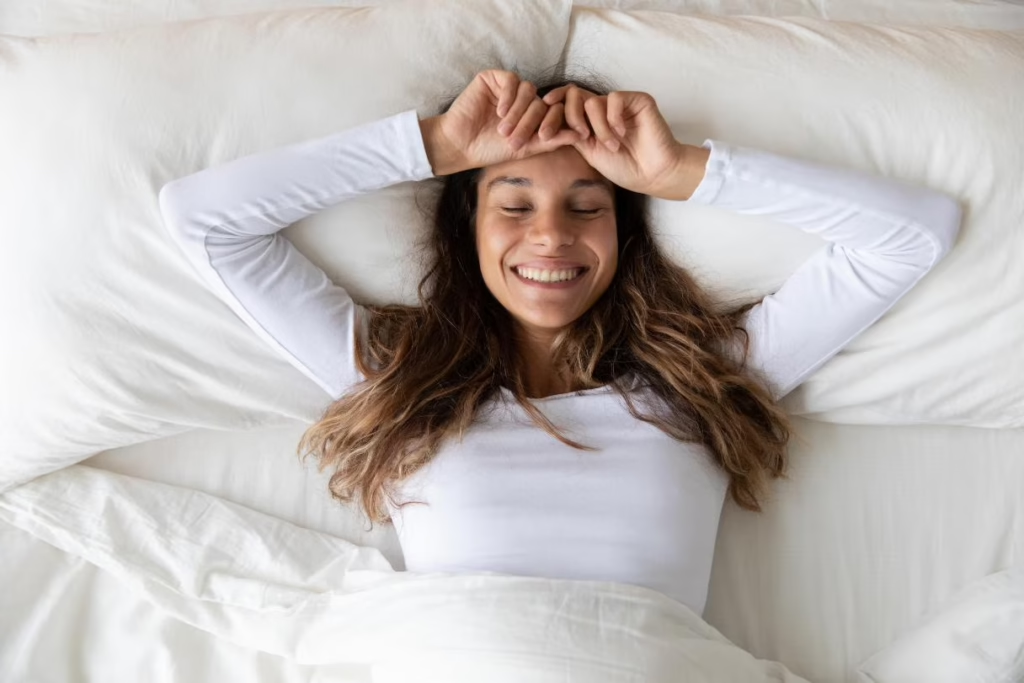
The Methodology of Sleep Study Ipswich
The research team employed various techniques to collect accurate and reliable information on sleep habits, sleep quality, and potential sleep disorders prevalent in the region.
The Role of Sleep Studies in Health Research
Sleep studies play a vital role in health research, as they allow researchers to examine sleep patterns objectively. Through polysomnography, a diagnostic test used in sleep studies, researchers can monitor brain waves, breathing patterns, heart rate, and other physiological parameters during sleep. This data enables a comprehensive analysis of sleep patterns and helps identify any abnormalities or disorders that may exist. Learn more about heart rate, click here.
How Sleep Studies are Conducted
In the sleep study in Ipswich, participants were required to spend a night in a specially equipped sleep laboratory. During their stay, their sleep was monitored using advanced polysomnography equipment. Additionally, participants were required to provide detailed information about their sleep routines, lifestyle habits, and any sleep-related symptoms they may have experienced. This multi-faceted approach ensured that the sleep study captured a comprehensive picture of sleep patterns in the Ipswich region.
The sleep laboratory in Ipswich was designed to create a comfortable and relaxing environment for participants. The rooms were soundproofed to minimize external disturbances, and the bedding was carefully selected to provide optimal comfort. Soft lighting and soothing decor were used to promote a sense of tranquility, facilitating a more natural sleep experience for the participants. Learn more about Sleep Study Referral: Understanding the Process and Requirements visit at https://mhsblogs.com/sleep-study-referral-understanding-the-process-and-requirements/.
Furthermore, the research team in Ipswich included experienced sleep specialists who oversaw the entire study process. These experts were trained to analyze the data collected during the sleep study accurately. Their expertise allowed for the identification of subtle patterns in sleep behavior and the interpretation of complex sleep data, ensuring that the results of the study were thorough and insightful.
Analysing Sleep Patterns in Queensland
The analysis of sleep patterns in Queensland revealed several interesting findings. These findings not only provide valuable insights into the sleep habits of the region but also shed light on the prevalence of sleep disorders and the impact of lifestyle choices on sleep quality.
Understanding the nuances of sleep patterns is crucial for maintaining overall health and well-being. By delving into the sleep habits of Queensland residents, researchers were able to uncover valuable information that can help individuals make informed decisions about their sleep hygiene and seek appropriate interventions when needed.
Common Sleep Disorders in Queensland
One of the key findings from the sleep study in Ipswich was the high prevalence of sleep disorders in Queensland. Sleep apnea, insomnia, and restless leg syndrome were identified as the most common sleep disorders in the region. These disorders can significantly disrupt sleep continuity and quality, leading to daytime sleepiness and impaired daytime functioning.
It is essential for healthcare providers to be aware of the prevalence of these sleep disorders in Queensland to ensure timely diagnosis and management. By addressing these issues effectively, individuals can improve their overall quality of life and reduce the risk of associated health complications.
Impact of Lifestyle on Sleep Patterns
Another fascinating finding from the sleep study highlighted the impact of lifestyle on sleep patterns. It was observed that individuals who engaged in regular physical activity, maintained a healthy diet, and practiced effective stress management techniques experienced better sleep quality. On the other hand, those with sedentary lifestyles, poor dietary habits, and high stress levels had a higher prevalence of sleep disturbances.
These findings underscore the importance of adopting a healthy lifestyle to promote restful sleep. By incorporating physical activity, nutritious eating habits, and stress-reducing activities into daily routines, individuals can optimize their sleep patterns and enhance their overall well-being. Making conscious choices to prioritize sleep can have a profound impact on both physical and mental health, ultimately leading to a more fulfilling and energized life.
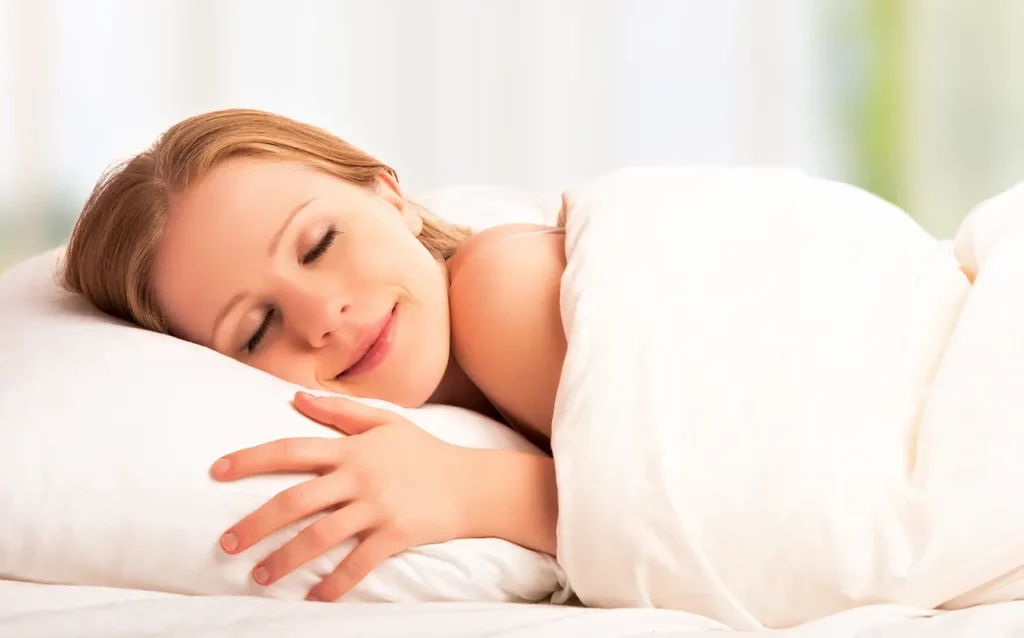
Findings from Sleep Study Ipswich
The findings from the sleep study in Ipswich provided invaluable insights into various aspects of sleep patterns, which have important implications for public health and well-being.
Understanding the nuances of sleep patterns is crucial for identifying potential areas of improvement in sleep hygiene and overall health. The study delved deep into the sleep habits of individuals in Ipswich, shedding light on both quantitative and qualitative aspects of their rest. By examining factors such as bedtime routines, sleep environment, and sleep disturbances, researchers were able to paint a comprehensive picture of the sleep landscape in the region.
Key Insights into Sleep Patterns
One significant insight gained from the study was the average sleep duration of individuals in the Ipswich region. It was found that the majority of participants were not meeting the recommended sleep duration, which contributes to the overall sleep debt in the population. Additionally, the study revealed that the sleep efficiency, a measure of the time spent asleep while in bed, was significantly lower than expected, indicating possible disturbances in sleep quality.
Furthermore, the study also explored the impact of lifestyle factors such as screen time before bed, caffeine consumption, and stress levels on sleep patterns. These additional layers of analysis provided a more holistic view of the factors influencing sleep quality and duration among Ipswich residents, offering valuable insights for future interventions and support programs.
Implications of the Study for Public Health
The implications of the sleep study in Ipswich for public health are far-reaching. The findings highlight the urgent need for sleep health education and awareness campaigns in Queensland. By promoting the importance of a good night’s sleep and providing evidence-based strategies to improve sleep habits, public health initiatives can positively influence the overall well-being and productivity of individuals in the region.
Moreover, the data from the study can serve as a foundation for policy development aimed at creating sleep-friendly environments in workplaces, schools, and communities. By prioritizing sleep as a fundamental pillar of health, policymakers can work towards implementing systemic changes that support healthy sleep habits and address the root causes of inadequate rest. Collaborative efforts between health authorities, educational institutions, and local businesses can help create a culture that values and prioritizes sleep, ultimately leading to a healthier and more vibrant population in Ipswich and beyond.
Improving Sleep Health in Queensland
Based on the findings from the sleep study, it is evident that efforts need to be made to improve sleep health in Queensland. Implementing …
Read MoreSleep Study Referral: Understanding the Process and Requirements
In today’s fast-paced world, getting a good night’s sleep has become increasingly difficult for many individuals. From hectic work schedules to the constant distractions of technology, it’s no wonder that sleep disorders are on the rise. If you’re experiencing persistent sleep issues, your healthcare provider may recommend a sleep study to further investigate the cause of your sleep problems. Understanding the process and requirements of a sleep study can help you prepare and ensure a smooth experience.
Understanding Sleep Studies
What is a Sleep Study?
A sleep study, also known as polysomnography, is a non-invasive test that monitors and evaluates various aspects of your sleep. It involves spending a night at a sleep center, where trained healthcare professionals observe and record your sleep patterns, breathing, heart rate, brain activity, and other physiological parameters. The data collected during a sleep study provide valuable insights into the quality and quantity of your sleep, as well as any potential sleep disorders you may have.
Importance of Sleep Studies
Sleep studies play a crucial role in diagnosing and managing sleep disorders such as insomnia, sleep apnea, narcolepsy, and restless leg syndrome. By identifying the root cause of your sleep disturbances, healthcare professionals can develop personalized treatment plans to improve your sleep quality and overall well-being. Moreover, untreated sleep disorders can lead to serious health concerns, including cardiovascular issues, cognitive impairment, and decreased immune function. Therefore, undergoing a sleep study referral can be a pivotal step towards better health.
Types of Sleep Studies
There are different types of sleep studies that can be conducted based on the specific sleep disorder suspected. For example, a split-night sleep study involves diagnostic testing for sleep apnea during the first half of the night, followed by continuous positive airway pressure (CPAP) therapy during the second half to determine the optimal treatment. Multiple sleep latency tests (MSLT) are used to diagnose narcolepsy by measuring how quickly you fall asleep during the day. Additionally, maintenance of wakefulness tests (MWT) assess your ability to stay awake during the day, which is crucial for professions that require high levels of alertness. Learn more about Sleep Study Ipswich: Analysing Sleep Patterns in Queensland visit at https://mhsblogs.com/sleep-study-ipswich-analysing-sleep-patterns-in-queensland/

Preparing for a Sleep Study
Prior to a sleep study, it is important to follow certain guidelines to ensure accurate results. This may include avoiding caffeine and alcohol consumption, as well as certain medications that could interfere with the monitoring equipment. It is also recommended to bring comfortable sleepwear and any items that help you relax before bedtime, such as a favorite book or pillow. Creating a sleep-conducive environment at the sleep center can help you feel more at ease and mimic your typical bedtime routine for a more accurate assessment of your sleep patterns.
The Referral Process for Sleep Studies
When it comes to the referral process for sleep studies, understanding who can refer you is crucial. Sleep studies are typically recommended by a variety of healthcare professionals, including primary care physicians, pulmonologists, neurologists, or sleep medicine specialists. These specialists are trained to identify and diagnose sleep disorders, making them well-equipped to determine if a sleep study is necessary for your specific situation. Learn more about pulmonologists click here.
Who Can Refer You for a Sleep Study?
Sleep studies are typically recommended by primary care physicians, pulmonologists, neurologists, or sleep medicine specialists. If you’re experiencing persistent sleep problems, it’s important to discuss your symptoms and concerns with your healthcare provider. Based on your medical history, symptoms, and initial evaluations, they will determine whether a sleep study is necessary.
Primary care physicians are often the first point of contact for individuals experiencing sleep issues. They can conduct initial assessments, provide basic treatments, and refer you to specialists if needed. Pulmonologists specialize in respiratory conditions and can identify sleep-related breathing disorders like sleep apnea. Neurologists focus on disorders of the nervous system, including conditions that affect sleep patterns. Sleep medicine specialists have specific training in sleep disorders and can offer comprehensive evaluations and treatments.
Steps in the Referral Process
The referral process may vary depending on your healthcare provider and local practices. Generally, it involves an initial consultation where you discuss your sleep concerns, followed by a physical examination and a review of your medical history. Your healthcare provider will then assess whether you meet the criteria for a sleep study referral. If a referral is deemed appropriate, they will provide further instructions on how to proceed.
During the initial consultation, it’s important to provide detailed information about your sleep habits, symptoms, and any factors that may be affecting your sleep quality. This will help your healthcare provider make an informed decision about whether a sleep study is necessary. Additionally, be prepared to discuss any underlying medical conditions, medications you’re taking, and lifestyle factors that could impact your sleep.
Requirements for a Sleep Study Referral
Are you struggling with persistent fatigue, loud snoring, or frequent awakenings during the night? These symptoms could be indicative of an underlying sleep disorder that warrants a thorough evaluation through a sleep study. While each case is unique, there are several medical conditions and symptoms that may prompt a healthcare provider to recommend a sleep study referral.
In addition to the common symptoms like excessive daytime sleepiness and morning headaches, individuals with underlying medical conditions such as obesity, heart disease, and diabetes are at a higher risk of developing sleep disorders. The presence of conditions like sleep apnea, restless legs syndrome, or insomnia can significantly impact your overall health and quality of life. Therefore, a comprehensive sleep study evaluation is crucial in identifying and addressing these issues effectively. Learn more about common symptoms visit at https://uhs.princeton.edu/health-resources/common-illnesses.
Medical Conditions that Warrant a Sleep Study
While each case is unique, there are several medical conditions and symptoms that may warrant a sleep study referral. These include excessive daytime sleepiness, loud snoring, frequent awakenings during the night, morning headaches, gasping or choking during sleep, and witnessed pauses in breathing. Additionally, individuals with underlying medical conditions such as obesity, heart disease, and diabetes are at an increased risk of developing sleep disorders and may require a sleep study evaluation.
It’s essential to recognize the potential impact of untreated sleep disorders on your overall health and well-being. By addressing these issues proactively, you can improve your sleep quality, enhance your daytime functioning, and reduce the risk of associated health complications.
Necessary Documentation for a Referral
When seeking a sleep study referral, it’s important to provide your healthcare provider with accurate and detailed information. This may include a comprehensive list of your symptoms, information about your sleep habits and patterns, any previous sleep study results, and a list of current medications. By sharing this information, you can assist your healthcare provider in making an informed decision regarding your sleep study referral.
Remember, a sleep study is a valuable tool in diagnosing and managing various sleep disorders. By collaborating with your healthcare team and actively participating in the evaluation process, you can take proactive steps towards improving your sleep quality and overall health.
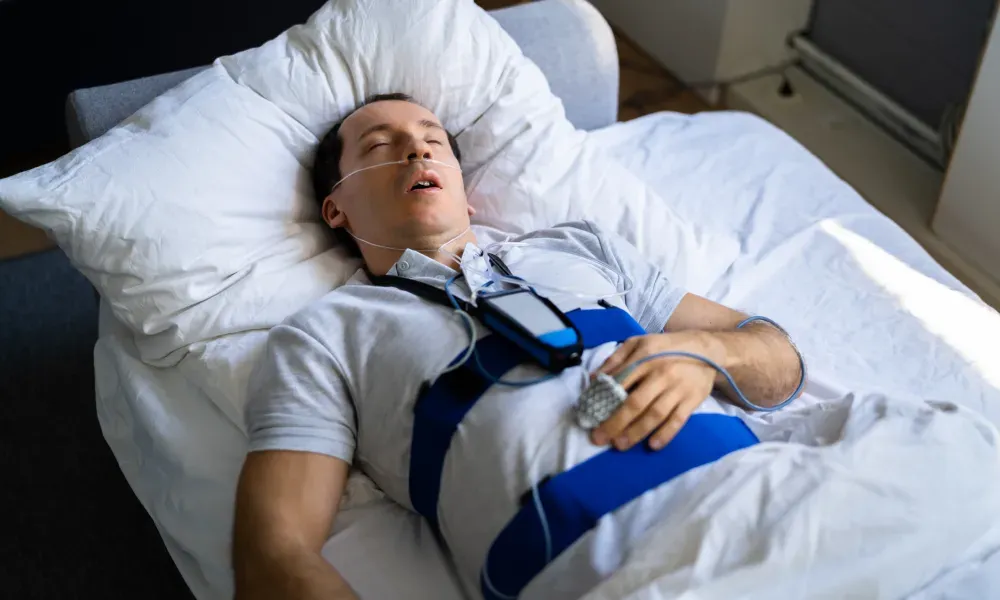
Preparing for Your Sleep Study
Embarking on a sleep study can be a new and somewhat daunting experience for many individuals. However, understanding what lies ahead can help ease any apprehensions you may have. Upon your arrival at the sleep center, you will be ushered into a cozy room meticulously designed for sleep studies. The array of monitoring equipment, though extensive, is completely painless and non-intrusive. Tiny sensors will be affixed to different parts of your body to monitor a range of vital signs including brain waves, eye movements, breathing patterns, heart rate, and muscle activity. Despite the initial strangeness of being hooked up to these devices, sleep centers take great care to cultivate a serene and homelike ambiance to ensure you have a restful and comfortable sleep environment.
What to Expect During the Study
Throughout the night, trained professionals will discreetly monitor your sleep patterns and vital signs from a separate control room. They will observe your responses to various sleep stages and disturbances, all while ensuring your safety and well-being. The data collected during the study will provide valuable insights into your sleep quality and any underlying sleep disorders that may be affecting your rest. By participating in a sleep study, you are taking a proactive step towards understanding and improving your sleep health.
Tips for the Night Before Your Study
To ensure the accuracy and effectiveness of your sleep study, it is crucial to adhere to the specific guidelines outlined by the sleep center. These guidelines typically include refraining from the consumption of caffeine or alcohol a few hours before the study, avoiding excessive daytime napping, and sticking to your usual bedtime routine. Additionally, consider bringing along your favorite sleepwear, personal toiletries, and any items that contribute to your sleep comfort, such as a beloved pillow or soothing sleep mask. By following these recommendations, you can optimize the conditions for a successful and informative sleep study experience.
Interpreting Sleep Study Results
Understanding
… Read MoreResMed AirMini vs Traditional CPAP Machines: A Comparative Analysis
In the world of sleep apnea treatment, Continuous Positive Airway Pressure (CPAP) therapy has proven to be highly effective in improving the quality of sleep for patients. CPAP machines work by providing a constant flow of air to keep the airways open during sleep. This helps to prevent pauses in breathing and the associated disruptions in sleep patterns.
Understanding CPAP Therapy
Sleep apnea is a sleep disorder characterized by repeated pauses in breathing during sleep. These pauses, known as apneas, can last for a few seconds to minutes and can occur multiple times throughout the night. This interrupts the natural sleep cycle, leading to poor sleep quality and increased daytime fatigue.
CPAP machines are one of the most common and effective treatments for sleep apnea. By delivering a continuous flow of pressurized air through a mask, CPAP therapy helps to keep the airways open and prevent the collapse or obstruction that causes apneas.
When a person with sleep apnea uses a CPAP machine, the pressurized air acts as a splint, holding the airways open and allowing for uninterrupted breathing. This not only improves the quality of sleep but also reduces the risk of serious health complications associated with untreated sleep apnea. Click here to get tips for optimizing your experience with the ResMed AirMini.
The Role of CPAP Machines in Sleep Apnea Treatment
CPAP machines play a crucial role in sleep apnea treatment by providing the necessary air pressure to keep the airways open. By doing so, they help to reduce or eliminate sleep apnea symptoms, such as loud snoring, daytime fatigue, and morning headaches.
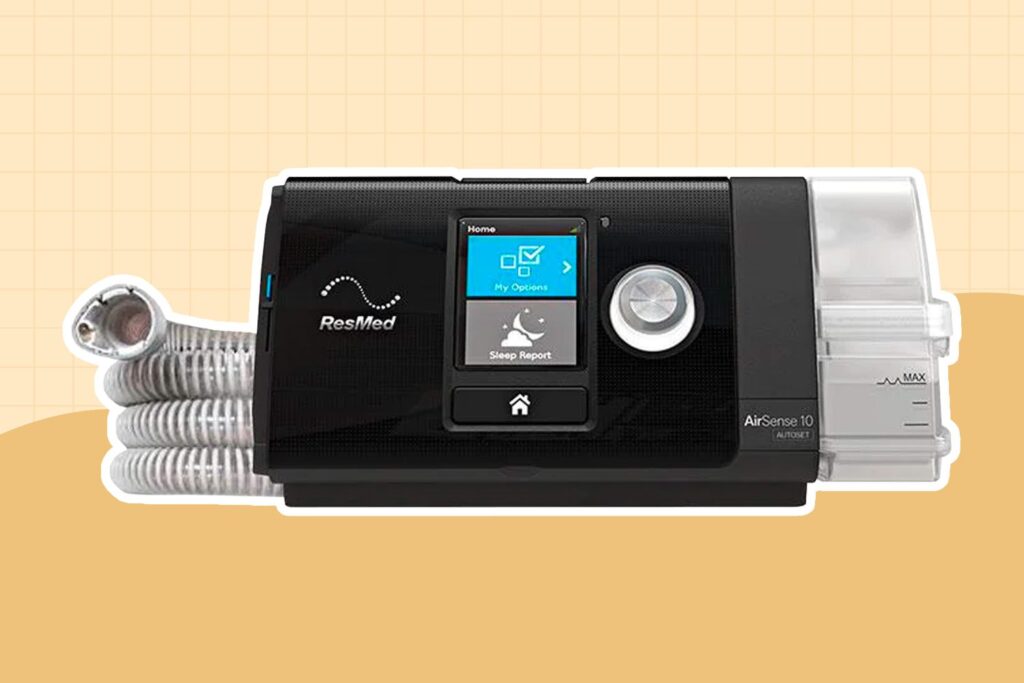
Moreover, CPAP therapy has been shown to improve overall sleep quality and reduce the risk of associated health complications, including cardiovascular issues and cognitive impairment. By ensuring that the body receives the oxygen it needs during sleep, CPAP machines help to optimize bodily functions and promote better overall health.
It is important to note that CPAP therapy is not a cure for sleep apnea but rather a management tool. Continuous use of the CPAP machine is necessary to maintain the benefits and alleviate the symptoms of sleep apnea.
Key Features of a Standard CPAP Machine
A standard CPAP machine typically consists of a motor, air filters, a humidifier, and a mask. The motor generates the air pressure, while the air filters remove impurities from the air. The humidifier adds moisture to the air, reducing potential dryness and discomfort.
The mask, which comes in various styles and sizes, is worn over the nose, the mouth, or both, depending on the individual’s needs. It creates a seal that allows the pressurized air to be delivered effectively.
Modern CPAP machines often come with additional features to enhance comfort and usability. These may include adjustable pressure settings, ramp-up features that gradually increase the pressure to help users fall asleep, and data tracking capabilities that allow users and healthcare providers to monitor treatment effectiveness.
Choosing the right CPAP machine involves considering factors such as individual comfort, mask fit, noise level, and ease of maintenance. It is important to consult with a healthcare professional or sleep specialist to determine the most suitable CPAP machine for each individual’s specific needs and preferences.
Regular maintenance and cleaning of the CPAP machine are essential to ensure its optimal performance and longevity. This includes regularly replacing the air filters, cleaning the mask and humidifier, and inspecting the tubing for any signs of wear or damage.
Overall, CPAP therapy is a highly effective and widely used treatment for sleep apnea. By providing a continuous flow of pressurized air, CPAP machines help to keep the airways open and alleviate the symptoms of sleep apnea, leading to improved sleep quality and better overall health.
Introduction to ResMed AirMini
ResMed AirMini is a revolutionary CPAP machine that offers a compact and portable solution for sleep apnea treatment. Designed with the needs of frequent travelers and individuals on the go in mind, the AirMini packs the power and performance of a traditional CPAP machine into a small and lightweight package.
Living with sleep apnea can be challenging, especially when it comes to maintaining a consistent treatment routine. However, with the ResMed AirMini, users can now enjoy the benefits of a reliable CPAP machine while on the move. Whether you’re embarking on a business trip or exploring new destinations, the AirMini ensures that your sleep apnea therapy remains uninterrupted.
Let’s dive deeper into the design and portability of the ResMed AirMini.
Design and Portability of ResMed AirMini
The ResMed AirMini stands out with its sleek and compact design. It weighs less than a pound and is roughly the size of a smartphone, making it incredibly easy to carry during travel or on a daily basis. Its portability allows users to maintain their CPAP therapy routine even when away from home.
Imagine being able to slip your CPAP machine into your pocket or carry it in your handbag effortlessly. With the AirMini, this becomes a reality. Its compact size not only makes it convenient to transport but also discreet, ensuring that you can use it without drawing unnecessary attention.
Additionally, the AirMini features a universal power supply, enabling it to be used internationally without the need for additional adapters or converters. This simplifies the travel experience for users who frequently move between different countries.
No matter where your adventures take you, the AirMini ensures that you can continue your sleep apnea treatment without any hassle.
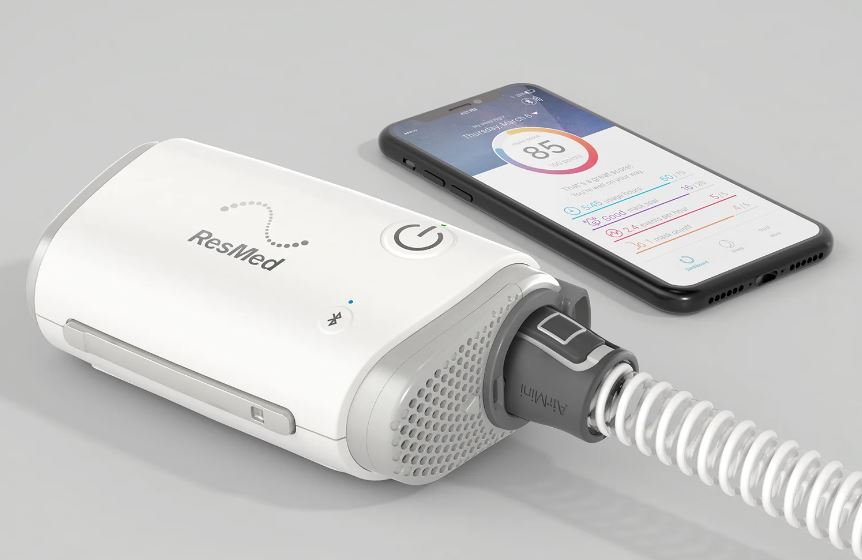
Unique Features of ResMed AirMini
Despite its small size, the ResMed AirMini offers a wide range of features and functionalities that enhance the overall user experience. It utilizes advanced algorithms to automatically adjust the pressure levels based on each individual’s breathing patterns, ensuring optimal therapy efficacy.
Customizing your CPAP therapy to suit your unique needs has never been easier. The AirMini’s intelligent technology adapts to your breathing rhythm, providing you with the right amount of pressure at the right time. This personalized approach ensures maximum comfort and effectiveness, allowing you to wake up feeling refreshed and energized.
The AirMini also incorporates wireless connectivity, allowing users to easily monitor their sleep patterns and therapy progress on their smartphones. This connectivity feature enables seamless data tracking and remote support, providing users with valuable insights into their sleep apnea treatment.
By connecting the AirMini to the dedicated mobile app, you can access detailed sleep reports, view your therapy history, and even receive personalized tips for improving your sleep quality. This integration of technology and healthcare empowers users to take control of their sleep apnea treatment and make informed decisions about their well-being.
With the ResMed AirMini, you no longer have to compromise on the quality of your sleep apnea therapy. Its compact size, intelligent features, and wireless connectivity make it a game-changer in the world of CPAP machines.
Comparing ResMed AirMini and Traditional CPAP Machines
When it comes to choosing a CPAP machine, there are several factors to consider. While the ResMed AirMini offers many advantages in terms of size and portability, it’s essential to compare it with traditional CPAP machines to determine if it meets the same standards of performance and effectiveness.
Let’s dive deeper into the comparison between the ResMed AirMini and traditional CPAP machines to understand their differences and benefits.
Size and Weight Comparison
One of the most noticeable differences between the ResMed AirMini and traditional CPAP machines is their size and weight. A standard CPAP machine typically weighs around 4 to 6 pounds and occupies a significant amount of space on a bedside table or nightstand.
On the other hand, the ResMed AirMini is exceptionally lightweight and compact. Weighing only a few pounds, it easily fits into a small bag or carry-on luggage. This makes the AirMini an ideal choice for travelers or individuals with limited space at home, as it allows for hassle-free transport and storage without compromising on therapy performance.
Despite its small size, the AirMini doesn’t compromise on functionality. It offers the same therapeutic benefits as traditional CPAP machines, ensuring effective treatment for sleep apnea.
Noise Level Comparison
Noise level is another crucial factor to consider when evaluating CPAP machines. Traditional CPAP machines often generate noticeable noise, which can disrupt sleep, especially for light sleepers or users sharing a bedroom.
In contrast, the ResMed AirMini utilizes advanced noise reduction technology. This technology minimizes noise levels to ensure a quiet and peaceful sleep environment. With the AirMini, you can sleep soundly without being disturbed by the noise generated by the machine.
This feature not only benefits the user but also their sleeping partner, ensuring a restful night’s sleep for both.
Comfort and Ease of Use
Comfort and ease of use are paramount considerations when it comes to CPAP therapy. Traditional CPAP machines can be bulky and may cause discomfort due to their size and the way the air pressure is delivered.
The ResMed AirMini, on the other hand, offers a more streamlined and user-friendly experience. Its lightweight and compact design make it less obtrusive, allowing for a more comfortable sleep experience. Additionally, …
Read MoreTips for Optimizing Your Experience with the ResMed AirMini
The ResMed AirMini is a compact and convenient device that offers a host of features to enhance your sleep experience. Whether you are new to using this device or looking for ways to improve your current setup, this article will provide you with valuable tips and information. Read on to discover how you can optimize your experience with the ResMed AirMini.
Understanding the Features of the ResMed AirMini
Overview of the ResMed AirMini
The resmed airmini is a portable CPAP machine designed to deliver therapeutic air pressure for individuals with sleep apnea. It is small in size and lightweight, making it an ideal travel companion. The device features advanced technology that ensures effective and comfortable therapy, allowing you to enjoy uninterrupted sleep even when you’re away from home.
When it comes to managing sleep apnea, having a reliable and convenient CPAP machine is crucial. The ResMed AirMini is specifically designed to meet the needs of frequent travelers and those who are always on the go. Its compact size and lightweight construction make it easy to pack and carry, ensuring that you can maintain your therapy regimen no matter where you are.
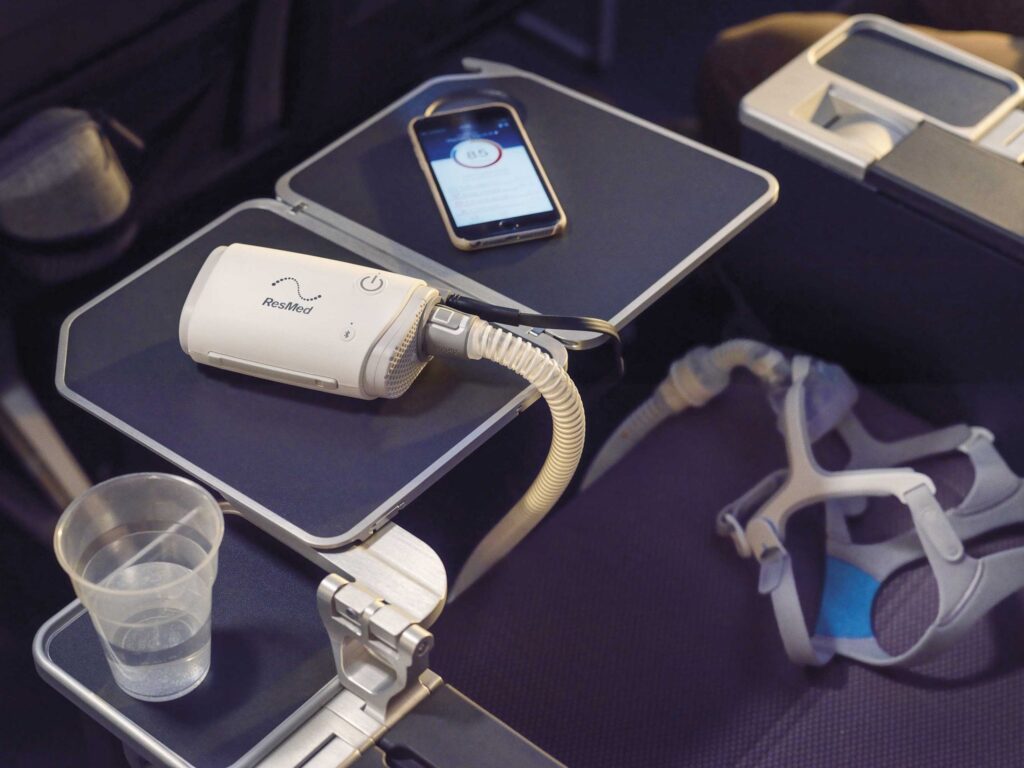
But what sets the ResMed AirMini apart from other portable CPAP machines? Let’s take a closer look at its key features.
Key Features of the ResMed AirMini
Before diving into the tips for optimizing your experience, it’s important to familiarize yourself with the key features of the ResMed AirMini. These include:
Compact Design
The AirMini’s compact size is perfect for travel and on-the-go use.
HumidX and HumidX Plus
These innovative waterless humidification systems provide added moisture to prevent dryness and discomfort.
SmartStart and SmartStop
These features enable the device to automatically start and stop when you put on or take off your mask, eliminating the need for manual adjustments.
Quiet Operation
The AirMini operates quietly, ensuring you and your bed partner can enjoy a peaceful night’s sleep.
With these key features, the ResMed AirMini offers a convenient and effective solution for managing sleep apnea while on the go. Whether you’re traveling for work or pleasure, you can rest easy knowing that your therapy needs are taken care of with this portable CPAP machine.
Setting Up Your ResMed AirMini
When you first receive your ResMed AirMini, it’s important to follow the initial setup process to ensure optimal performance. Here are a few steps to get you started:
- Unbox the AirMini and familiarize yourself with its components.
- Charge the device fully before first use.
- Connect the AirMini to your mask of choice using the appropriate adapter.
- Adjust the settings according to your personal preferences and therapy needs.
Setting up your ResMed AirMini is an exciting process that marks the beginning of your journey towards better sleep and improved health. As you unbox the AirMini, take a moment to appreciate its sleek design and compact size. The device is carefully crafted to provide you with a comfortable and effective therapy experience.
Once you have familiarized yourself with the components, it’s time to charge the AirMini. Plugging it into a power source and watching the battery indicator light up fills you with anticipation for the nights of restful sleep that lie ahead.
Now comes the moment of connection. As you attach the AirMini to your mask of choice, you can’t help but imagine the transformative power it holds. This small device, when combined with the right mask, will deliver a continuous stream of air, keeping your airways open and ensuring a peaceful night’s sleep.
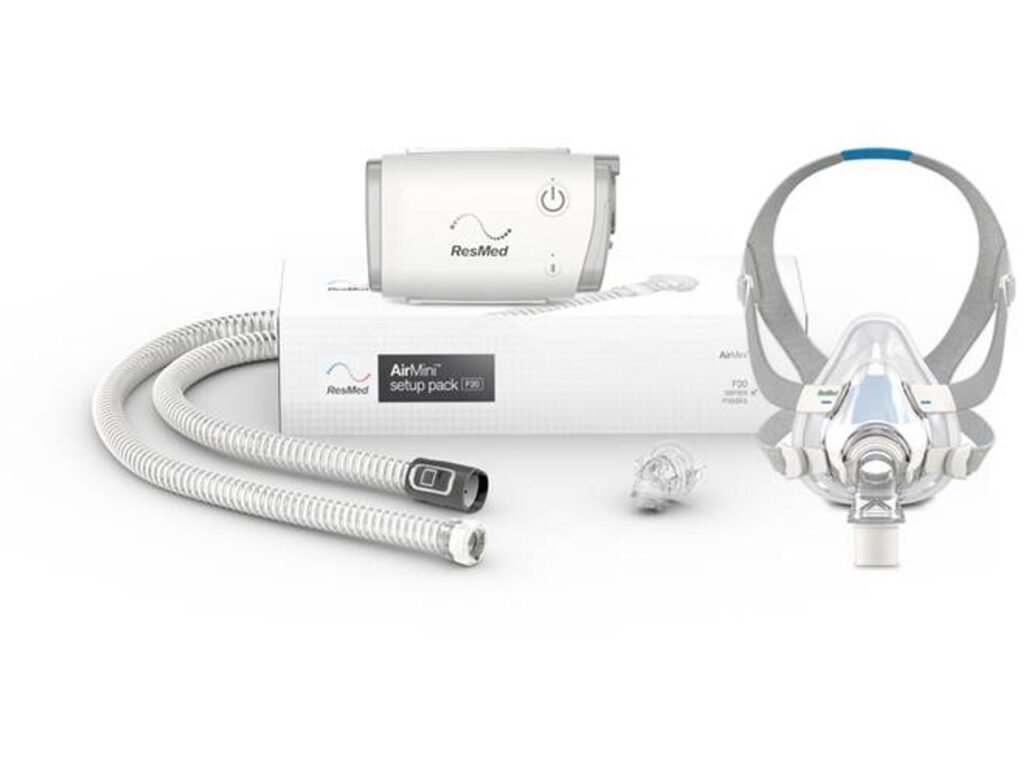
With the physical setup complete, it’s time to delve into the settings. The ResMed AirMini offers a range of customization options to suit your individual needs. As you navigate through the menu, you have the opportunity to tailor the device to your personal preferences and therapy requirements.
Personalizing Your Settings
Customizing the settings of your ResMed AirMini can help improve your overall comfort and ensure an optimal therapy experience. Here are a few tips for personalizing your settings:
- Experiment with different mask styles and sizes to find the one that fits you best. The AirMini is compatible with a variety of masks, allowing you to choose the one that provides the perfect fit and seal.
- Set the pressure to the recommended level prescribed by your healthcare provider. This ensures that you receive the appropriate amount of air pressure to keep your airways open and prevent interruptions in your breathing.
- Explore the options for humidification and adjust according to your preference or needs. The AirMini offers different levels of humidification to help alleviate dryness and enhance your comfort during therapy.
- Take advantage of the SmartStart and SmartStop features for added convenience. With SmartStart, the AirMini automatically starts therapy as soon as you breathe into the mask, eliminating the need to press any buttons. SmartStop, on the other hand, pauses therapy when the mask is removed, allowing you to easily resume when you put it back on.
As you personalize your settings, remember that the ResMed AirMini is designed to adapt to your unique requirements. Take the time to explore the various options and find the combination that works best for you. With each adjustment, you are one step closer to enjoying a restful night’s sleep and waking up refreshed and rejuvenated.
Maintenance and Cleaning Tips for ResMed AirMini
The ResMed AirMini is a compact and portable CPAP device that provides effective therapy for sleep apnea. To ensure the longevity and performance of your AirMini, it’s crucial to follow a regular cleaning routine. By properly maintaining your device, you can enjoy clean and fresh air throughout your therapy sessions.
Regular Cleaning Routine
Following a regular cleaning routine is essential for the optimal functioning of your ResMed AirMini. Here are some key steps to keep in mind:
- Disconnect the mask and tubing from the device before cleaning. This will allow you to clean each component thoroughly without any obstructions.
- Clean the mask, tubing, and waterless humidification system according to the manufacturer’s instructions. Each component may require different cleaning techniques, so it’s important to follow the guidelines provided.
- Regularly replace the filters to maintain optimal air quality. Over time, the filters can become clogged with dust and debris, reducing the effectiveness of the therapy. By replacing the filters as recommended, you can ensure that you’re breathing in clean air.
- Store the AirMini in a clean and dry environment when not in use. This will help prevent the accumulation of dust and ensure that the device remains in good condition.
By incorporating these cleaning practices into your routine, you can prolong the life of your ResMed AirMini and enjoy uninterrupted therapy.
Troubleshooting Common Issues
Occasionally, you may encounter issues with your ResMed AirMini. Here are some common problems and their solutions:
- If you experience air leaks, ensure that your mask is properly adjusted and fitted. A loose or improperly sealed mask can result in air leaks, which can affect the effectiveness of your therapy. Adjust the straps and reposition the mask to achieve a secure fit.
- If the device is not turning on, check the power connection and charge level. Ensure that the power cord is securely plugged into the device and the power source. If the battery is low, connect the device to a power outlet and allow it to charge.
- If you notice excessive noise, inspect the filters for any debris or blockage. Dust and particles can accumulate on the filters, causing the device to produce louder noises. Remove the filters and clean them thoroughly to eliminate any obstructions.
- If you are still encountering difficulties, contact ResMed customer support for further assistance. Their knowledgeable team can provide guidance and troubleshooting tips to resolve any issues you may be experiencing.
Remember, proper maintenance and regular cleaning are key to ensuring the optimal performance of your ResMed AirMini. By following these tips, you can enjoy a comfortable and effective sleep apnea therapy experience.
Maximizing Comfort with Your ResMed AirMini
Adjusting for Optimal Comfort
One of the key factors in optimizing your experience with the ResMed AirMini is ensuring maximum comfort during sleep. Here are a few suggestions to help you achieve optimal comfort:
- Make sure your mask is properly adjusted and fits snugly without causing any discomfort or air leaks.
- Experiment with different sleeping positions to find the one that allows for the most comfortable and unrestricted sleep.
- Utilize the humidification features of the AirMini to prevent dryness or congestion.
- Consider using additional accessories like mask liners or cushions for added comfort.
Tips for a Good Night’s Sleep
Aside from optimizing your ResMed AirMini experience, implementing good sleep habits can greatly improve the quality of your rest. Here are a few tips for a good night’s sleep:
- Establish a consistent sleep schedule and stick to it.
- Create a relaxing bedtime routine to signal your body that it’s time to sleep.
- Avoid electronic devices and stimulating activities before bed.
- Create a comfortable sleep environment by minimizing noise, light, and temperature disturbances.
Utilizing the ResMed AirMini App
Navigating the App Interface
The ResMed AirMini app provides …
Read MoreEye Surgery, LASIK vs Contact Lenses: Which One Should You Choose?
Eye surgery, LASIK, or laser vision correction. The procedure goes by many names, but regardless of what you call it, LASIK surgery is one of the most popular permanent options for those with poor vision.
But while laser eye surgery works for various conditions and problems, there are some times when you may want to wear contact lenses or glasses instead.
In this article, we’ll discuss the pros and cons of either treatment option. We’ll also talk about the best times to choose glasses or contact lenses and when to go for laser eye treatment.
That way, you can easily decide on the best procedure for you.
Read on to learn more.
Understanding LASIK Surgery
Let’s start by explaining eye surgery. LASIK, or laser-assisted in situ keratomileusis, is a procedure that involves making a corneal flap and then using an excimer laser to reshape the cornea. This is used to correct vision issues like myopia, hyperopia, and astigmatism.
Many vision issues are caused by a misshapen or uneven cornea. When you have an uneven cornea, light rays don’t focus directly on your retina. This is what causes blurred vision, far-sightedness, and near vision. So, by reshaping the cornea, doctors allow light rays to focus directly on the retina.
That way, your vision will be as clear as possible. The entire laser vision correction procedure lasts just a few minutes. So, you’ll be in and out of the doctor’s office in no time.
To give you a better idea of when laser eye surgery is the best option, let’s dive into the benefits and drawbacks of the procedure.
Benefits of Lasik Surgery
The biggest benefit of laser eye surgery is that it’s a long-term solution to your vision issues. This vision correction procedure is designed to reshape the cornea, allowing you to see clearly for many years to come. In fact, most patients that undergo laser eye surgery report that they have experienced an improved vision for decades. It’s very rare for the effects of laser eye surgery to go away, so you can rest assured that you’ll see clearly for a long time coming.
On top of that, laser eye surgery is a painless procedure. At the start of the surgery, your doctor will place local anaesthetic eye drops on your eye. That way, when they turn on the femtosecond laser to create a corneal flap, you don’t feel anything.
Once they start reshaping your corneal tissue, you won’t feel any pain. On top of that, since it’s such a quick procedure with a fast healing process, it won’t cause that much trouble in your life.
If you’re looking for a convenient long-term vision correction procedure, LASIK surgery could be for you. To check if you’re a good candidate for LASIK eye surgery, contact your doctor and set up a consultation.
The Downside of Laser Eye Surgery
The major downside of laser eye surgery is the price. The cost of laser eye surgery cost can vary depending on the severity of your condition, your area, and many other factors. However, you can rest assured that LASIK eye surgery will definitely cost more than glasses or contact lenses.
While you have to pay a lot for the laser eye surgery procedure, the operation offers many benefits. So, you definitely get your money’s worth when going in for surgery lasik.
Additionally, LASIK eye surgery isn’t for all conditions. There are definitely some vision issues that can’t be corrected with LASIK eye surgery. This is why speaking to a doctor about your condition is very important to find the best possible treatment option.
Potential Risks & Complications With Laser Eye Surgery
Laser refractive surgery is a very safe and simple procedure. In fact, this is one of the safest vision correction procedures available right now. But like any type of surgery, there are some risks that you have to face when you undergo LASIK surgery.
These risks include:
- Potential infections
- Dry eyes
- Over or under correction
- Night vision problems
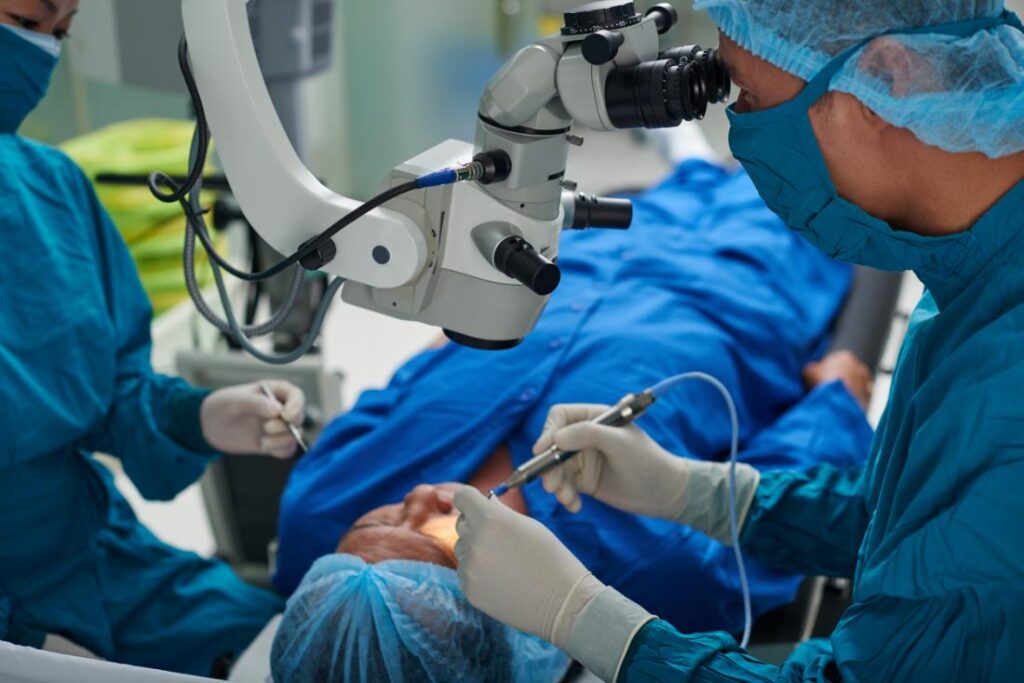
Pros & Cons of Wearing Contact Lenses
Contacts are among the most accessible and popular options for those with blurry vision and similar issues. This is much older than LASIK technology and has been a viable option for many people for over a hundred years.
While it isn’t a permanent solution like laser treatment, it’s very affordable and effective. So, let’s dive into using a contact lens instead of undergoing a LASIK procedure so you can determine the best option for your needs.
Benefits
There are many benefits to using glasses or contacts. The biggest one is probably the fact that it’s affordable and doesn’t require any surgery. On top of that, you have many options for styles and designs, which is why many people prefer to wear glasses or contacts instead of undergoing LASIK refractive surgery.
Drawbacks
There are some definite drawbacks to using contact lenses. These include:
- They aren’t a permanent solution
- It’s easy to lose or break your contacts
- Contacts can be uncomfortable
- Contacts can limit your physical activities
How to Choose Between Laser Eye Surgery & Contact Lenses
If you’re having a hard time deciding on the best approach for your vision issues, here are a few tips for choosing the right treatment option.
Assess Your Vision Problems
First, you need to check out what’s causing your poor vision. That way, you can easily determine whether or not you’re a viable candidate for laser surgery or if you’re better off with a contacts or glasses prescription.
Consider Your Personal Needs
Secondly, try to consider your personal needs. While surgery can be expensive, it can make life much easier and more convenient for some people. So, before deciding on a treatment option, make sure to assess your own needs and preferences.
Conclusion
We live in an age where we can choose between various treatment options to correct our vision. That said, it’s important to choose the right one for your needs. So, now that you understand the pros and cons of wearing contacts and going in for laser eye surgery, it’s time to choose the best approach for your needs!
… Read MoreIs Laser Eye Surgery Worth the Cost? [Complete Guide]
You may be considering going for laser eye surgery soon. The entire laser eye surgery procedure is quick and painless and eliminates the need for glasses or contact lenses for a very long time.
However, laser vision correction can also be expensive. While the cost of laser eye surgery Sydney can vary from doctor to doctor, most patients should expect to make a significant investment for the procedure.
So, is laser eye surgery worth it?
Well, that depends. While many people will perform laser eye surgery procedures, not everyone is a good candidate for it. In this article, we’ll go through the benefits of laser eye surgery and how you can determine if it’s the right procedure.
You’ve come to the right place if you’re on the fence about vision correction surgery. Read on to learn more.
What Is Laser Eye Surgery?
Laser eye surgery is one of the most common vision correction procedures available right now. It’s a simple procedure involving creating a corneal flap with a femtosecond laser. Then, laser eye surgeons use an excimer laser to reshape the cornea, which can correct refractive errors that many people have.
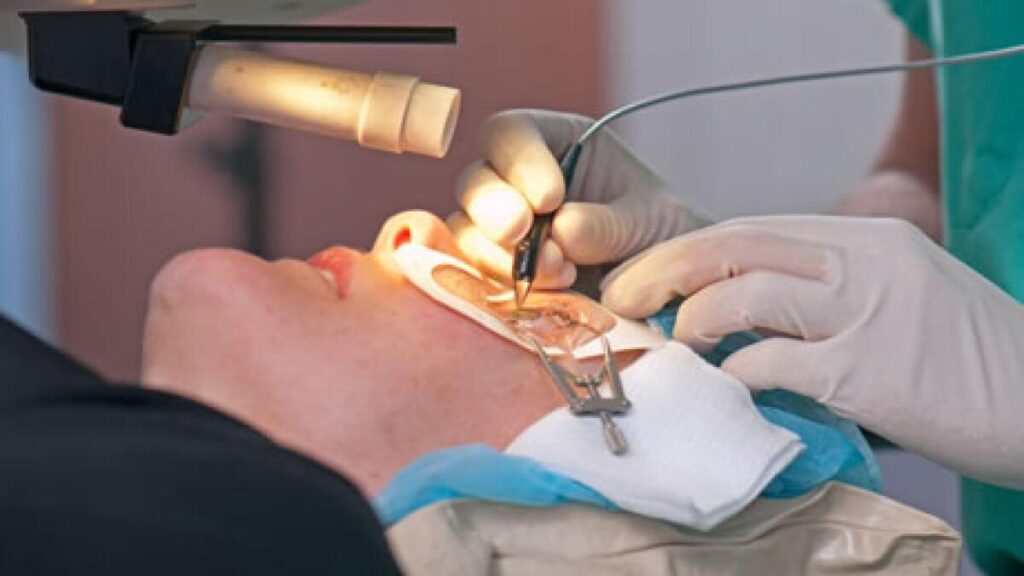
Some of the most common eye conditions are caused by uneven corneal tissue. When the cornea is misshapen, it can’t focus light rays on the retina. This results in blurred vision, long-sightedness, and short-sightedness. So, doctors can reshape the cornea to allow light to focus directly on the retina, which is how LASIK eye surgery corrects vision issues.
Benefits of Laser Eye Surgery
There are many reasons you may want to consider laser eye surgery. After all, it’s one of the most commonly performed eye surgeries for a reason.
To give you a better idea of why laser eye surgery might be a good idea, here are some of the key benefits of laser treatment.
It’s a Painless Procedure
To start, LASIK eye surgery is painless. At the start of the operation, your doctor will administer a local anaesthetic to your eyes. That way, you don’t feel anything throughout the entire operation. Even when the corneal flap is there, and the laser beam is reshaping your cornea, you probably won’t feel a thing.
So, if you’re scared of a painful operation during laser eye surgery, rest assured that you won’t feel anything. If you’re still concerned about the pain, your doctor can give you controlled sedation via an IV.
Results Last a Long Time
Unlike contact lenses and glasses, laser eye surgery is a long-term solution to long-sightedness, short-sightedness, and other vision conditions. Since doctors take the time to reshape the cornea precisely to focus light on the retina, you can trust that the results of the procedure will last you many years. It’s very rare for laser eye surgery results to fade, and even if they do fade, it usually happens many decades after the first operation.
Great for Various Vision Problems
You can get laser refractive surgery for a wide variety of conditions. Laser procedures are ideal for any condition that involves a misshapen cornea. Nowadays, doctors use a computer-controlled excimer laser. This means that they can be incredibly precise throughout the operation, which is why you can get laser surgery for hyperopia, myopia, and astigmatism.
If you want to say goodbye to your glasses or contact lenses, it might be time to talk to your doctor about the possibility of laser eye surgery.
Long-Term Savings
Since laser surgery is a long-term solution, you can also expect long-term savings. One of the biggest benefits of vision correction surgeries is that you no longer have to buy glasses or contact lenses. Typically, people have to pick up new prescription glasses every few years. While it may not seem like that much, the costs can add up quickly.
With laser eye surgery, you will no longer have to wear contact lenses and glasses. So, you will save a lot of money in the long term, which is why this is a worthwhile investment.
How Much Does Laser Eye Surgery Cost?
The cost of laser eye surgery can vary depending on the laser eye clinic, the laser eye surgeon you choose, the severity of your condition, and other factors. In Australia, laser eye surgery typically costs between $2,600-$3,700 per eye. While this is fairly expensive, remember that this is a long-term investment in your eye health.
So, while you may have to save some money for this medical procedure, it might be the best option if you have a serious refractive error you want to correct. Again, this is a long-term solution. Even if it’s expensive, it might save you a lot of time and hassle in the long run, which is why many people suggest getting LASIK surgery instead of paying for glasses every year or so.
How to Determine If Laser Eye Surgery Is Right for You
While LASIK surgery is a very worthwhile investment, it isn’t for everyone. Here are some of the things you will need to keep in mind to determine whether or not you need laser eye surgery.
Assess Your Condition
Before consulting laser eye surgeons, it’s best to assess your current vision problems. If you have mild myopia, hyperopia, or astigmatism, you may want to rethink investing in laser eye surgery. On the flip side, if your condition is severe and is getting in the way of your daily life, it might be time to ditch the glasses prescription and invest in laser eye surgery.
Consider Your Lifestyle
To determine if LASIK is right for you, it’s best to assess your lifestyle. Try to consider how laser eye surgery can make your life easier. If you see that the procedure can really make your life easier, it might be time to consider it.
Conclusion
If you aren’t sure if laser vision correction is right for you, it might be time to talk to your doctor. While we believe that this is a very worthwhile long-term investment, there are many things to consider before undergoing LASIK eye surgery. So, make sure to schedule a consultation so you and your doctor can work as a team to decide if LASIK is right for you.
… Read MoreLooking to use your CPAP machine during winter
Using a CPAP (Continuous Positive Airway Pressure) device is an effective treatment for obstructive sleep apnea. Depending on the time of year and where you are located, you may need to adjust your CPAP treatment accordingly. For example, more humidity in the air during summer may make CPAP therapy more comfortable, as it prevents airways from drying out. On the other hand, during autumn and winter, less humidity in the air may worsen symptoms of inflammation and dryness. CPAP Direct Australia offers a wide selection of CPAP machines, CPAP masks, and nasal pillow masks, so you can find the perfect device for your CPAP therapy. Most CPAP masks use air pressure to keep the airways open throughout the night, and are designed to be as comfortable as possible:
- Dry nose
- Bleeding nose
- Dry mouth
Dry mouth, throat, and lips
The outcome of all this inflammation may be increased nasal airway resistance (NAR), which raises the possibility of a mouth leak and reduces the effectiveness of your CPAP treatment.
What can you do to prevent dryness in the winter?
1) Use the CPAP machine with a heated humidifier tank
Using a CPAP device is the most common treatment for obstructive sleep apnea and other sleep disorders. A heated humidifier, which warms the water and provides moisture to the CPAP machine’s airstream, is often used in conjunction with the CPAP machine. By changing the heat, you can adjust the moisture levels to suit your needs. If you buy cpap machine online please get some necessary information before buying.

Research shows that CPAP patients who use heated humidifiers have higher therapeutic efficacy than those who do not use them. CPAP Direct Australia offers a variety of CPAP masks, from nasal pillow masks to nasal masks, to suit the needs of most users.
Three types of heated humidifiers exist:
- Built-in Humidifiers – Many CPAP machines have a built-in humidifier, which makes it a single device and requires less space than adding an external heated humidifier.
- Integrated Humidifiers – These humidifiers are designed to be used with CPAP machines and connect directly to them. This is a practical solution for travel or other needs.
- Internal Humidifiers – This type of humidifier has a heating element and is used with CPAP machines. The chamber may be removed for cleaning, despite being built in.
2) Employ heated tubes
When using a Continuous Positive Airway Pressure (CPAP) machine to treat Obstructive Sleep Apnea, condensation inside the tubes, also known as “rainout”, can be an issue, especially when the bedroom is cold. Fortunately, the chance of this happening is reduced when the humidity is increased, as is done with the use of heated tubing in most CPAP masks and devices. CPAP therapy is commonly used in Australia, and CPAP Direct offers a range of CPAP masks, devices, and treatment options to choose from, including the popular Nasal Pillow Mask and the Nasal Mask.
3) Boost the humidity level
Different manufacturers have different humidity control settings. If you need assistance, speak with your sleep care clinician.
4) Humidity and temperature in the bedroom
When you have been diagnosed with sleep apnea, a common treatment is to use a new CPAP machine. To get the right CPAP machine for you, you should speak to your sleep doctor about the pressure settings that are best for you. If you are looking for a machine with two pressure settings, then a bilevel machine or BiPAP machine may be the best option. If you only need one pressure setting then an APAP machine may be a better choice.

To make sure you get a good night’s sleep, adjust the pressure settings, and the sleep position, and make sure the temperature in your bedroom is not too low and add a humidifier. This is important as condensation may form within the tubing and mask if the air from the CPAP is warmer than the ambient room temperature, which can cause skin irritation.
5) Use distilled water instead of regular water
It’s crucial to use distilled water when using a CPAP humidifier to guarantee there are no bacteria or mineral pollutants. This is a crucial safety precaution that will also lengthen the lifespan of your CPAP machine.
6) Stay hydrated
To keep your nasal passages moisturized throughout the day, drink plenty of water.
7) Use nasal lubricants with petroleum-free bases
Use a water-based lubricant to stay hydrated, such as Biotene for dry lips or Secaris for dry nose. Avoid using petroleum-based items since they might harm your CPAP machine.
8) Check the fit of your CPAP mask
If you have been diagnosed with sleep apnea, you should speak with your sleep doctor to ensure you are using the right CPAP machine and that it fits properly. There are different types of CPAP machines – including APAP and BiPAP machines – which provide different levels of pressure and may be more suitable for some patients. Your doctor can also adjust the pressure settings to ensure you get a good night’s sleep. Additionally, your doctor may suggest other solutions such as a new CPAP machine, lower pressure settings, or a bilevel machine that has two pressure settings. Common treatment issues such as skin irritation, claustrophobia, dry mouth, air leakage, and sleep position can also be addressed during your visit.
Here are some vital pointers for improving your CPAP compliance success:
1) Inform Yourself
As a newly diagnosed sleep disorder patient, the importance of being informed about the right CPAP machine for you cannot be overstated. Speak with your sleep doctor to learn about the pressure settings and what type of machine best suits your needs – whether it’s a BiPAP, APAP, or a bilevel machine. Knowing your sleep position and skin irritation concerns, as well as how a lack of good sleep affects your overall health, will help you focus on using your CPAP machine. For those using a BiPAP or bilevel machine, understanding how two pressure settings can improve your sleep is a must. For those with a single-pressure machine, such as an APAP machine, understanding the lower-pressure settings is key. Don’t forget to read the instruction manuals that came with your CPAP machine and ask questions as they arise – these steps will help you become an informed CPAP user and get the best treatment possible for a good night’s sleep.
2) Check Out Your Gear
CPAP (Continuous Positive Airway Pressure) machines are used to treat Obstructive Sleep Apnea, and are available in Australia. Some of these machines come with a RAMP function, which allows users to start the night at a lower air pressure and increase it to the recommended level after they have drifted off to sleep. This extra feature may help novice CPAP users to adjust to the pressure and their CPAP mask. Once they have become comfortable with the CPAP device, they can switch off the extra functions. There are many different kinds of CPAP masks, such as the Nasal Pillow Mask and the Nasal Mask, and most of them are available at CPAP Direct.
3. Begin slowly
Using a CPAP (Continuous Positive Airway Pressure) machine is an effective way to manage obstructive sleep apnea. CPAP therapy in Australia includes wearing a CPAP mask while breathing in air pressure from the machine. It is recommended to start slowly with the CPAP treatment and become accustomed to the air pressure. The most common CPAP masks include nasal masks and nasal pillow masks. CPAP Direct offers a range of CPAP masks to suit different needs. As you become comfortable with the CPAP device and wearing the mask, you will find that you are able to sleep and relax more easily.
4) Adhere to a sleeping schedule
Utilizing a CPAP machine as part of your nightly routine is an important part of treating obstructive sleep apnea. Continuous Positive Airway Pressure (CPAP) therapy uses air pressure to keep your airways open, allowing you to breathe normally. Although this may be challenging to adjust to, it is vital to stick to your regular sleep schedule.

This helps your mind and body to recognize that CPAP treatment is a requirement for getting adequate rest. Most CPAP masks, such as nasal pillow masks and nasal masks, can be purchased from CPAP Direct or CPAP Australia. If you find it difficult to adjust to the CPAP device and pressure machine, you can adjust your practice to suit your needs.
5) Try using a humidifier
Many CPAP machines in Australia are available to treat Obstructive Sleep Apnea, and with them come the potential for dry lips, eyes, and nostrils. This discomfort can be quickly and easily solved by using a humidifier, which can be built into the device or adjusted to the individual’s preferences with settings. CPAP (Continuous Positive Airway Pressure) therapy is a common treatment for those with sleep apnea, and most CPAP masks and devices, such as those available at CPAP Direct, provide the necessary air pressure to improve breathing and sleep. The nasal pillow mask and nasal …
Read MoreRecent Posts
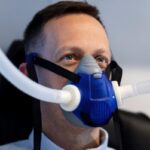 The Best CPAP Mask Options for New Users and What Makes Them ComfortableSleep apnea disrupts breathing during sleep, causing repeated pauses that prevent restful sleep and strain the cardiovascular system. CPAP therapy delivers continuous pressurized air through a mask, keeping airways open throughout the night and enabling […]
The Best CPAP Mask Options for New Users and What Makes Them ComfortableSleep apnea disrupts breathing during sleep, causing repeated pauses that prevent restful sleep and strain the cardiovascular system. CPAP therapy delivers continuous pressurized air through a mask, keeping airways open throughout the night and enabling […]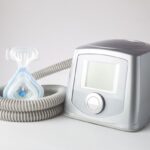 Oxygen Machine for Home Use: A Complete Guide for First-Time BuyersWhat Is an Oxygen Machine and How Does It Work? An oxygen machine for home use, commonly known as an oxygen concentrator, is a medical device that delivers concentrated oxygen to individuals with respiratory conditions. These respiratory therapy devices […]
Oxygen Machine for Home Use: A Complete Guide for First-Time BuyersWhat Is an Oxygen Machine and How Does It Work? An oxygen machine for home use, commonly known as an oxygen concentrator, is a medical device that delivers concentrated oxygen to individuals with respiratory conditions. These respiratory therapy devices […]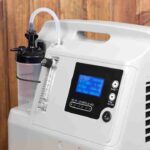 Medical Oxygen at Home: Essential Information on Oxygen Tanks, Machines, and TherapiesIntroduction For individuals with chronic respiratory conditions, such as COPD, asthma, or emphysema, medical oxygen therapy at home is often a critical part of maintaining health and improving quality of life. Whether you need an oxygen machine for […]
Medical Oxygen at Home: Essential Information on Oxygen Tanks, Machines, and TherapiesIntroduction For individuals with chronic respiratory conditions, such as COPD, asthma, or emphysema, medical oxygen therapy at home is often a critical part of maintaining health and improving quality of life. Whether you need an oxygen machine for […] Understanding Sleep Apnea: Causes, Symptoms, and Effective TreatmentsSleep is one of the most vital pillars of good health, but for millions of people, restful sleep is harder to achieve than it should be. One of the most common reasons for poor sleep quality is sleep apnea, a potentially serious sleep disorder that often […]
Understanding Sleep Apnea: Causes, Symptoms, and Effective TreatmentsSleep is one of the most vital pillars of good health, but for millions of people, restful sleep is harder to achieve than it should be. One of the most common reasons for poor sleep quality is sleep apnea, a potentially serious sleep disorder that often […]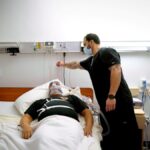 Bulk-Bill Sleep Study Brisbane: Affordable Options for LocalsWhat Are Bulk-Bill Sleep Studies and How Do They Work in Brisbane? Bulk-bill sleep study Brisbane services provide you with direct billing to Medicare, eliminating upfront costs for diagnostic testing. When you receive a bulk-bill sleep study, the […]
Bulk-Bill Sleep Study Brisbane: Affordable Options for LocalsWhat Are Bulk-Bill Sleep Studies and How Do They Work in Brisbane? Bulk-bill sleep study Brisbane services provide you with direct billing to Medicare, eliminating upfront costs for diagnostic testing. When you receive a bulk-bill sleep study, the […]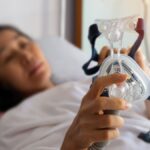 Sleep Apnea Test Adelaide: Early Diagnosis for Better HealthWhat Is Sleep Apnea and Why Is Early Diagnosis Important? Sleep apnea is a serious sleep disorder where your breathing repeatedly stops and starts during sleep. This condition affects millions of people worldwide, yet many remain undiagnosed, missing […]
Sleep Apnea Test Adelaide: Early Diagnosis for Better HealthWhat Is Sleep Apnea and Why Is Early Diagnosis Important? Sleep apnea is a serious sleep disorder where your breathing repeatedly stops and starts during sleep. This condition affects millions of people worldwide, yet many remain undiagnosed, missing […]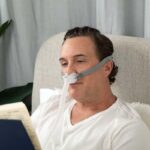 Sleep Apnea Explained: Causes, Symptoms, and Treatment OptionsIntroduction: Why Sleep Apnea Deserves Your Attention Picture this: you go to bed at a reasonable hour, expecting a full night’s rest, yet you wake up feeling drained, irritable, and foggy-headed. It’s not just “bad sleep” — it could be sleep apnea, a […]
Sleep Apnea Explained: Causes, Symptoms, and Treatment OptionsIntroduction: Why Sleep Apnea Deserves Your Attention Picture this: you go to bed at a reasonable hour, expecting a full night’s rest, yet you wake up feeling drained, irritable, and foggy-headed. It’s not just “bad sleep” — it could be sleep apnea, a […]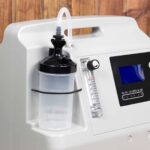 Top 5 Online Stores to Purchase a Portable Oxygen Concentrator MachinePortable oxygen concentrators (POCs) have become essential devices for individuals with respiratory conditions, providing a convenient and reliable source of oxygen. With the rise of e-commerce, purchasing a POC has never been easier. However, selecting […]
Top 5 Online Stores to Purchase a Portable Oxygen Concentrator MachinePortable oxygen concentrators (POCs) have become essential devices for individuals with respiratory conditions, providing a convenient and reliable source of oxygen. With the rise of e-commerce, purchasing a POC has never been easier. However, selecting […] Portable Oxygen Concentrator Australia: Features and BenefitsIn recent years, the demand for portable oxygen concentrators (POCs) has surged in Australia, largely due to the increasing prevalence of respiratory conditions and the need for greater mobility among patients. These devices provide a continuous supply […]
Portable Oxygen Concentrator Australia: Features and BenefitsIn recent years, the demand for portable oxygen concentrators (POCs) has surged in Australia, largely due to the increasing prevalence of respiratory conditions and the need for greater mobility among patients. These devices provide a continuous supply […]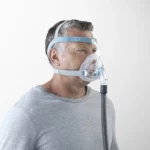 CPAP Masks Australia: A Comprehensive Guide to the Best Options AvailableContinuous Positive Airway Pressure (CPAP) therapy is a common and effective treatment for obstructive sleep apnea. One crucial component of this therapy is the CPAP mask, which delivers the airflow necessary to keep the airways open during sleep. In […]
CPAP Masks Australia: A Comprehensive Guide to the Best Options AvailableContinuous Positive Airway Pressure (CPAP) therapy is a common and effective treatment for obstructive sleep apnea. One crucial component of this therapy is the CPAP mask, which delivers the airflow necessary to keep the airways open during sleep. In […]
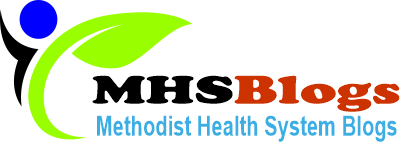
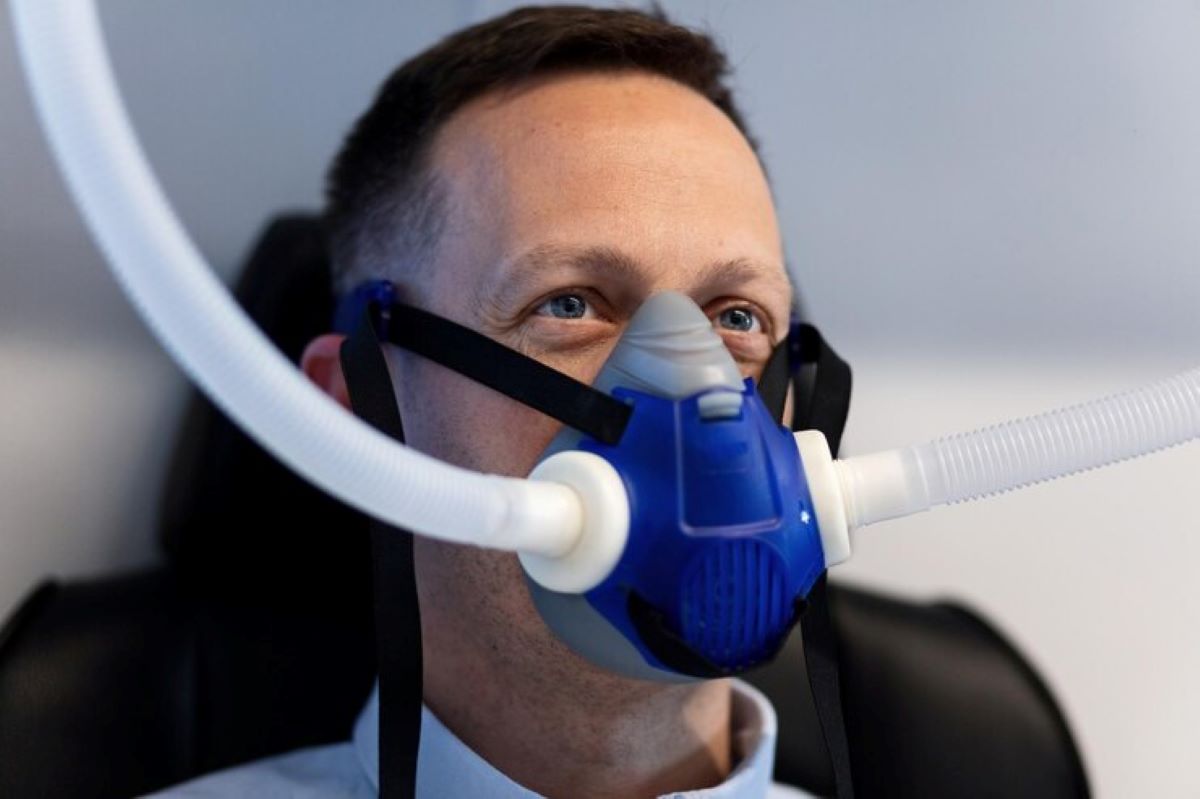
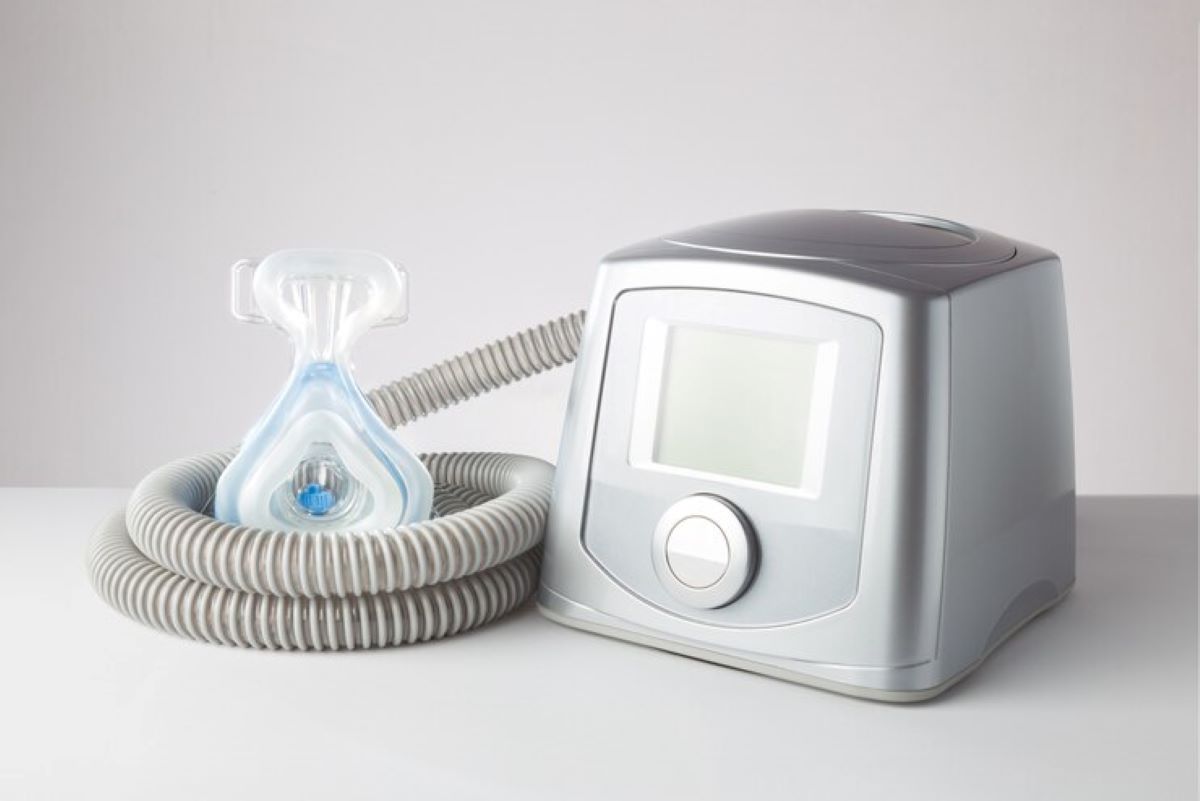
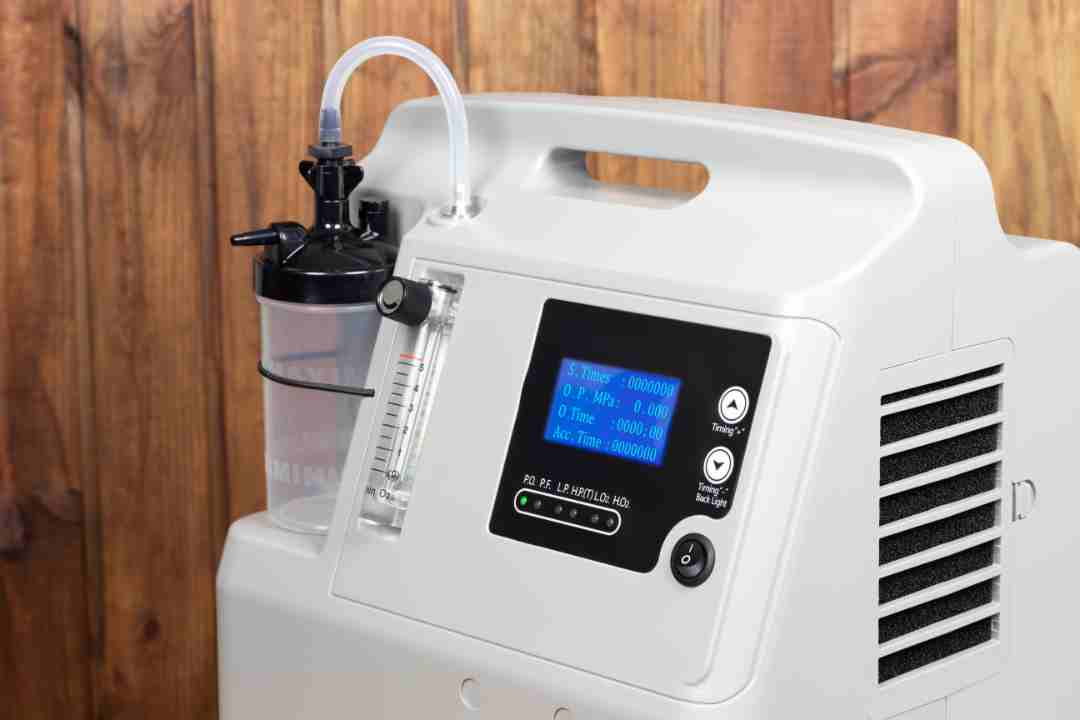
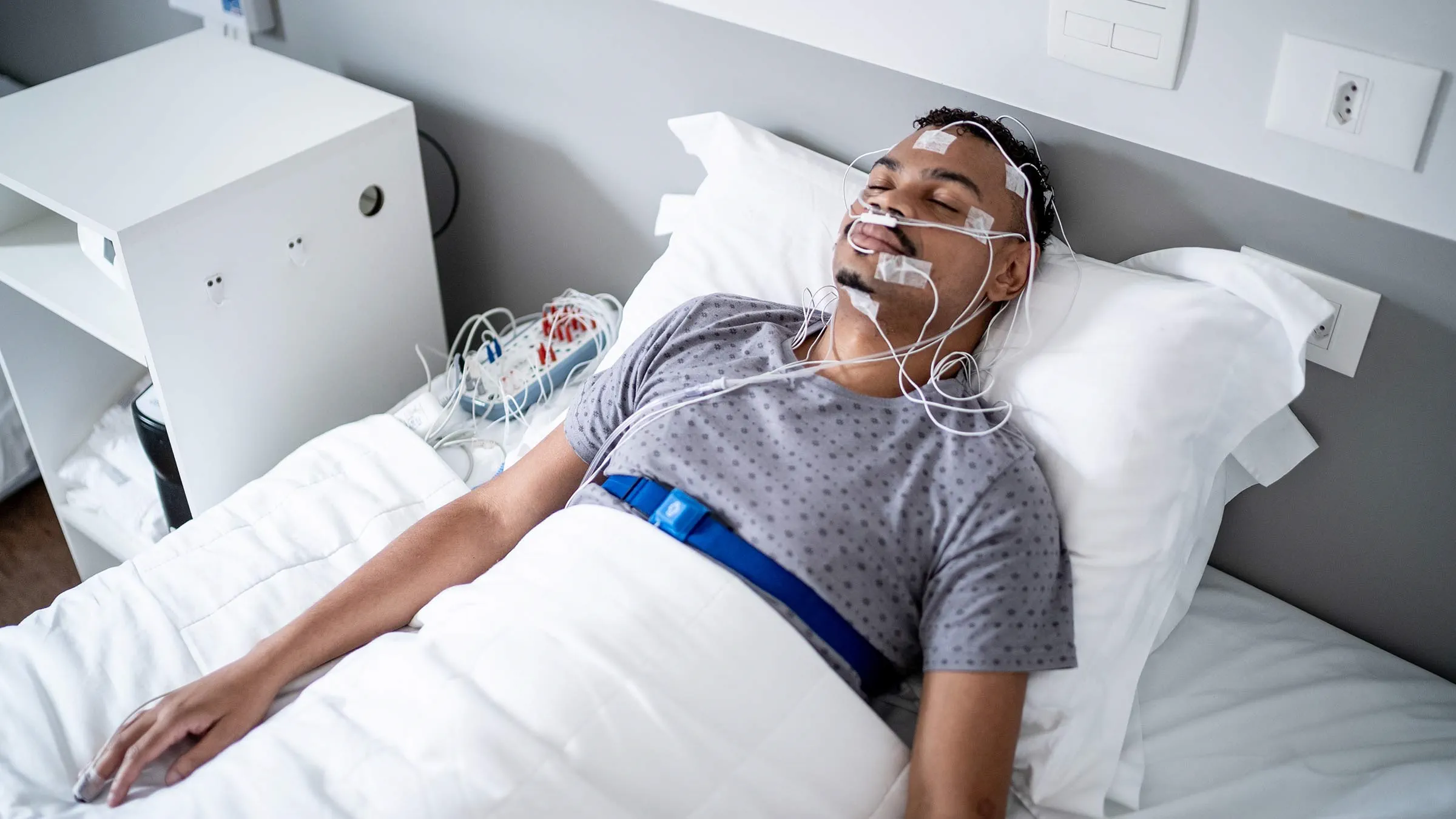
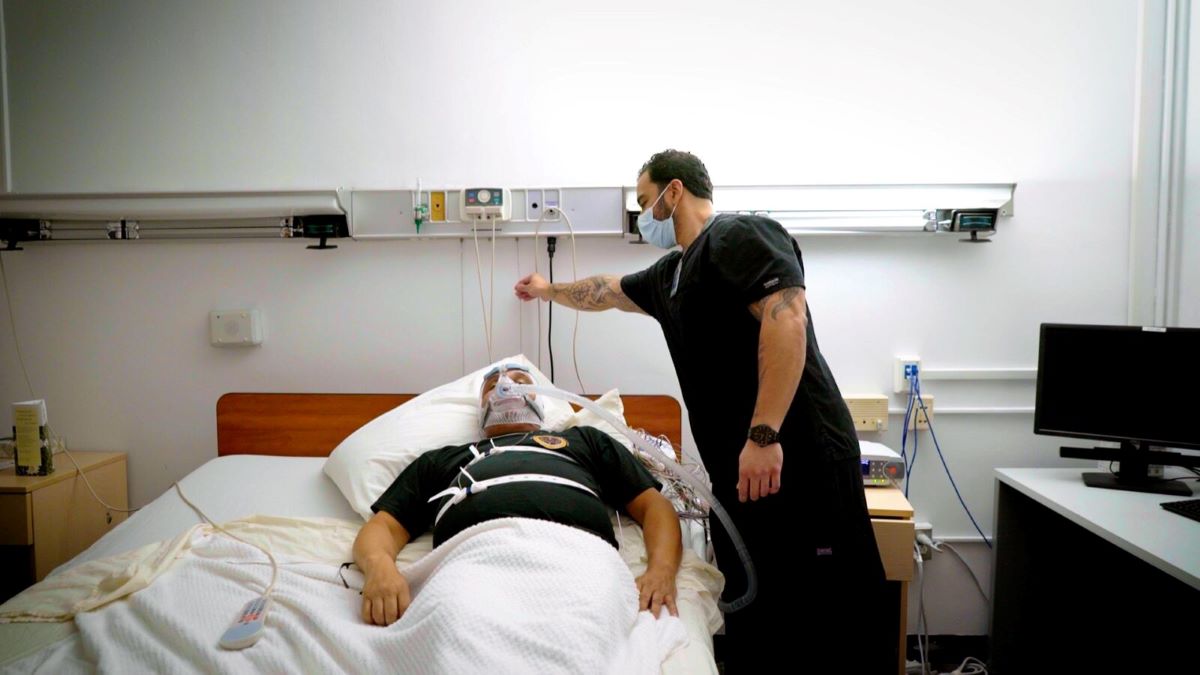
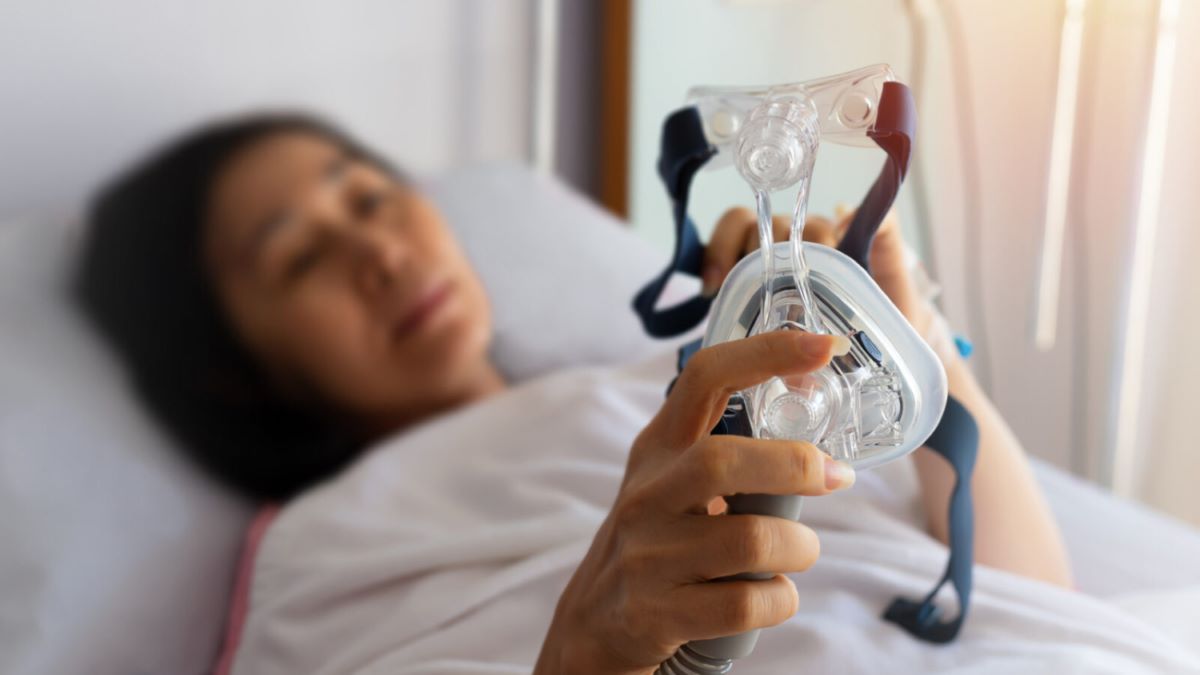
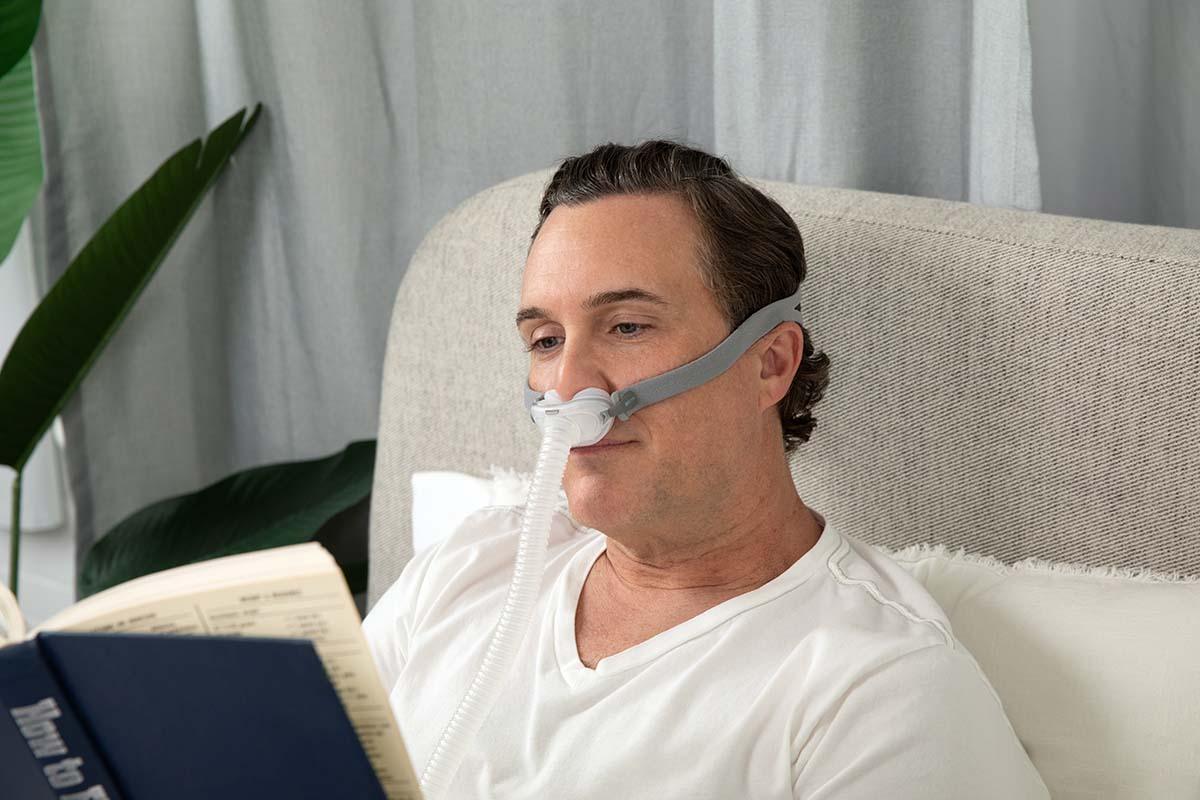
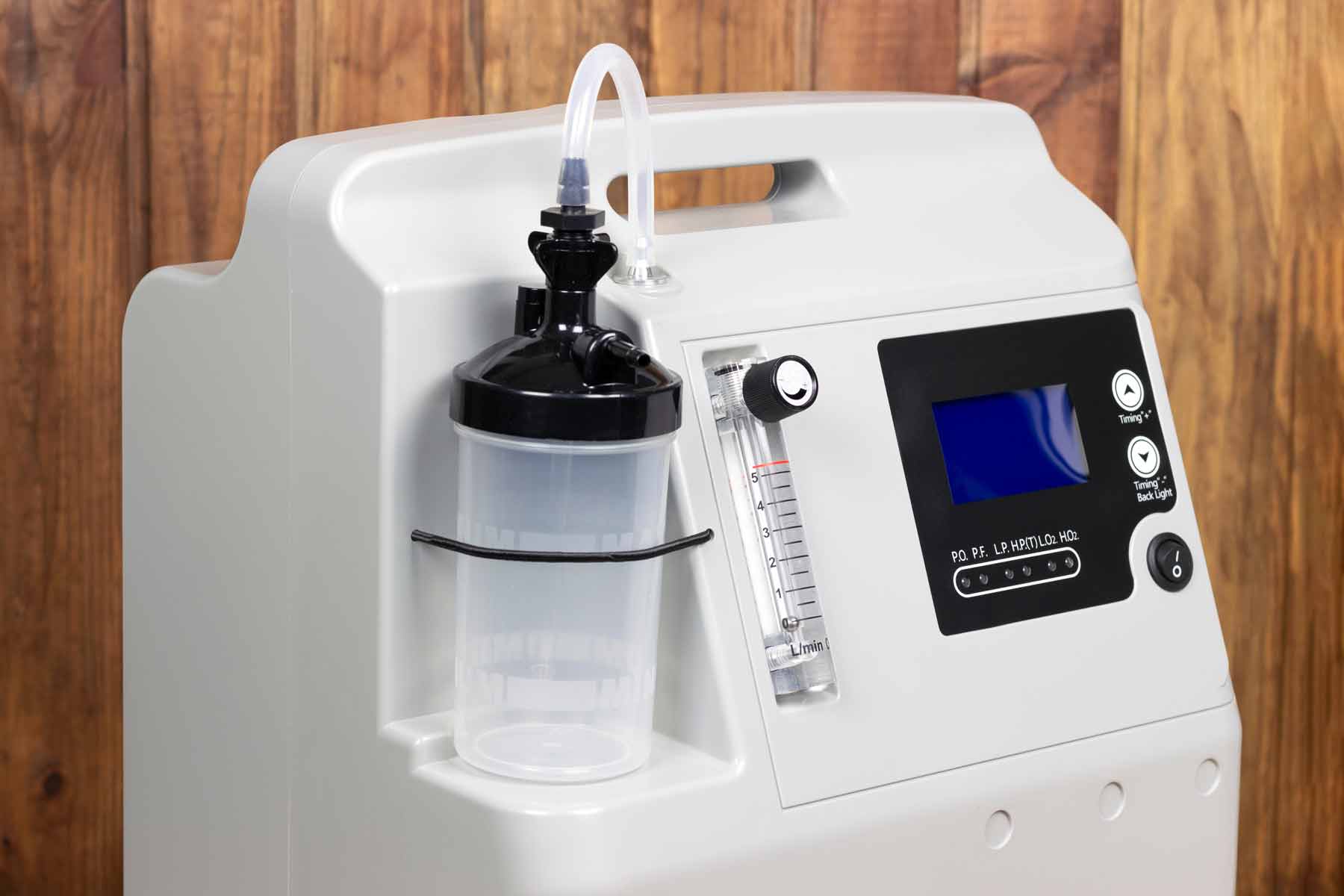
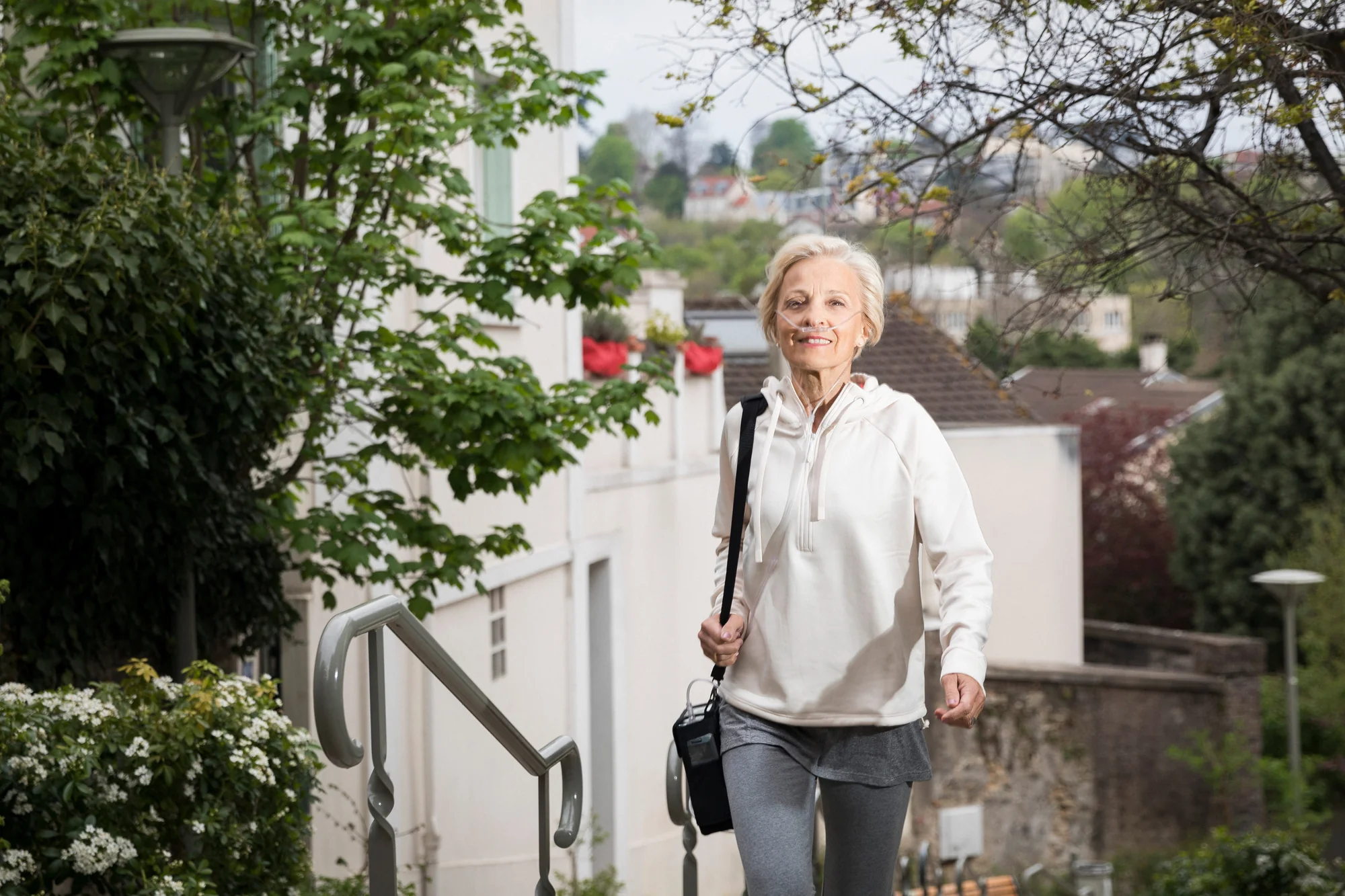
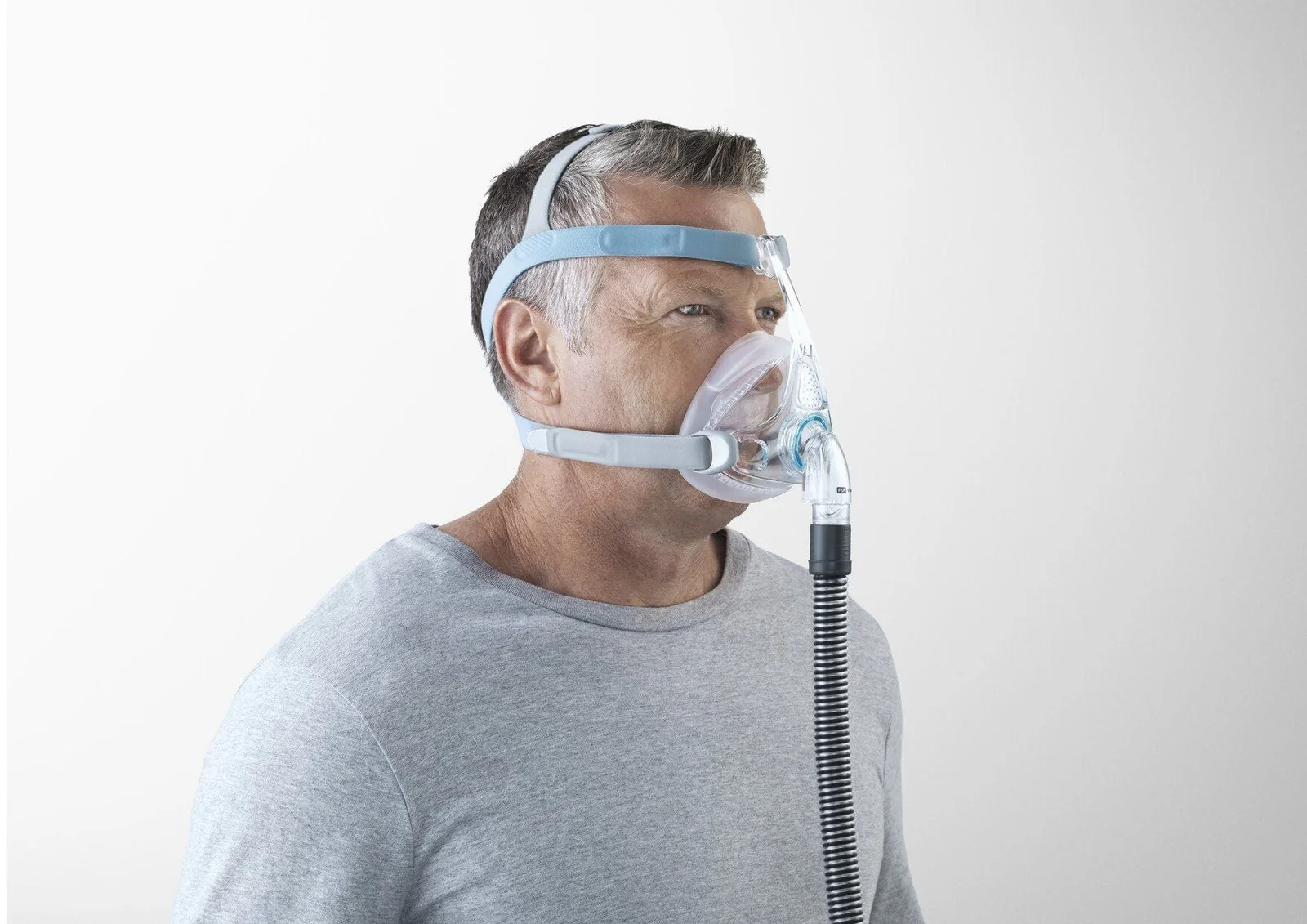
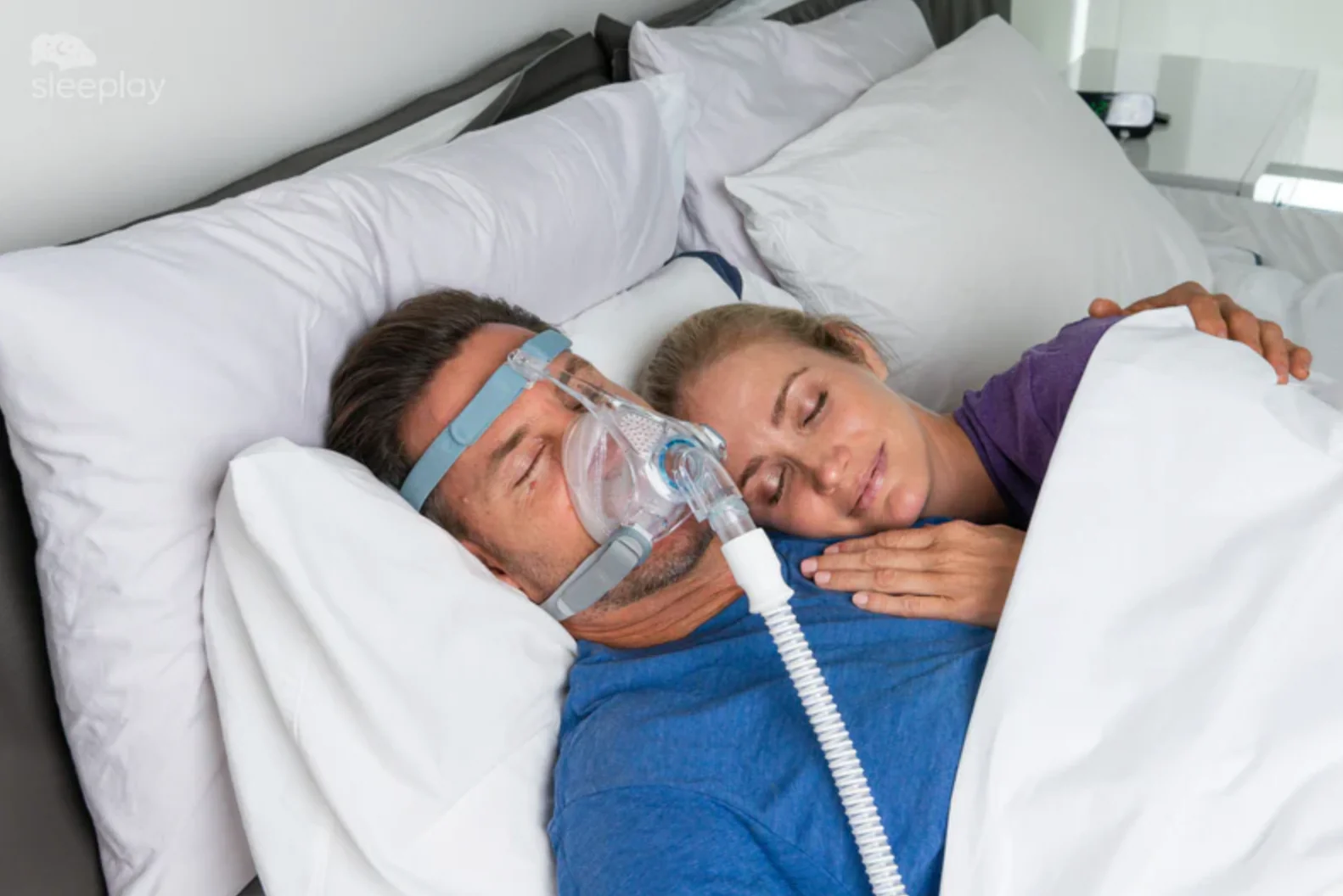
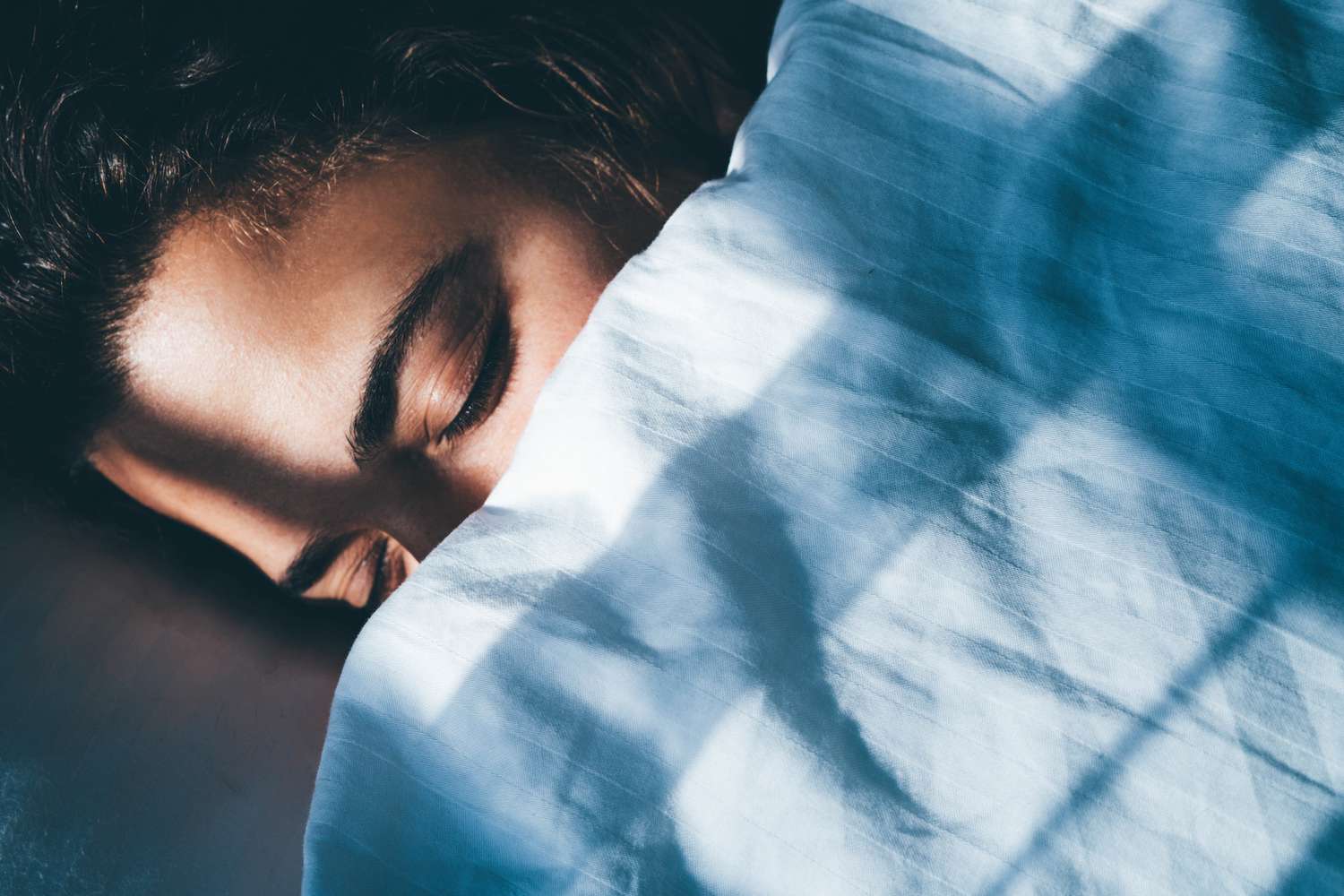
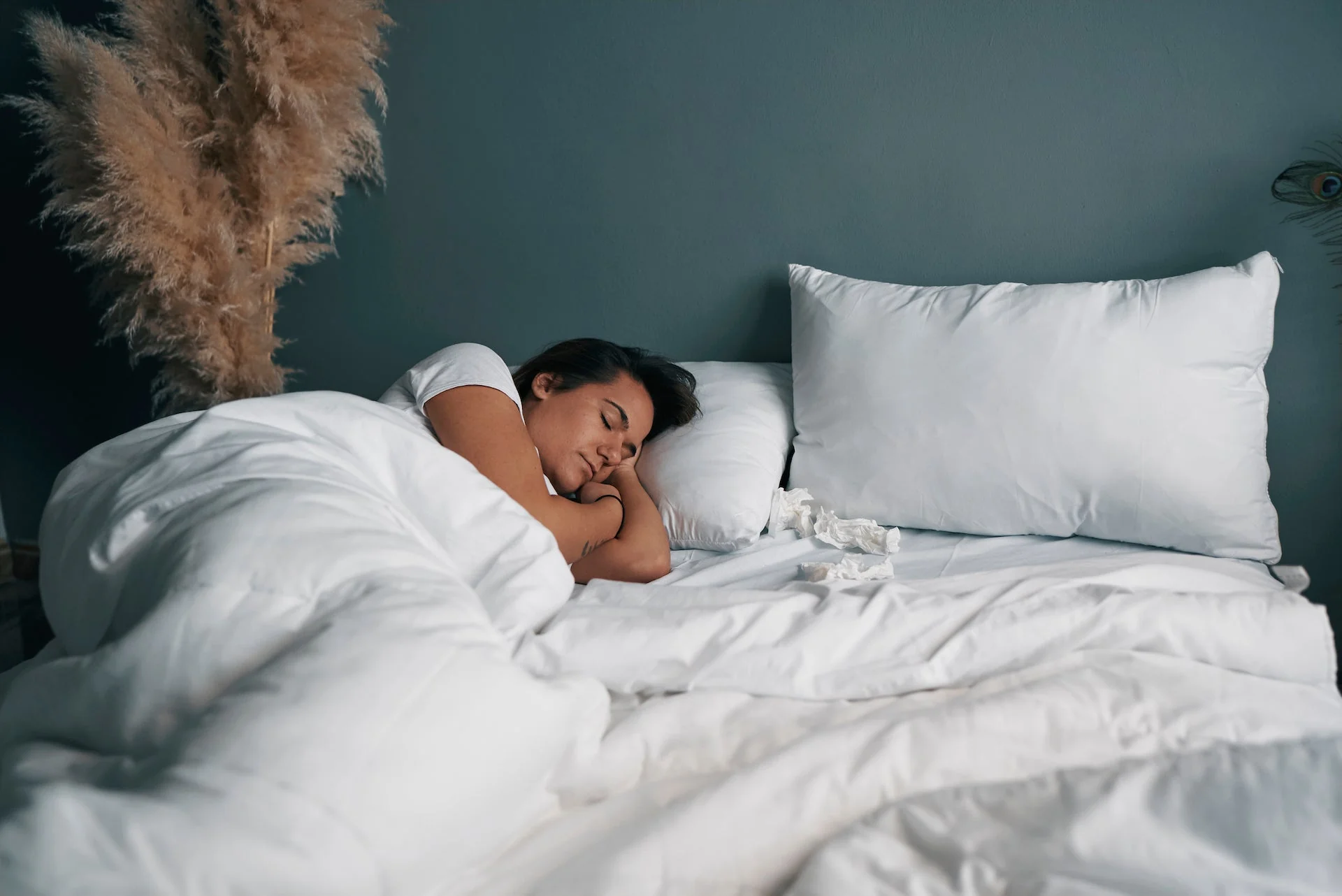
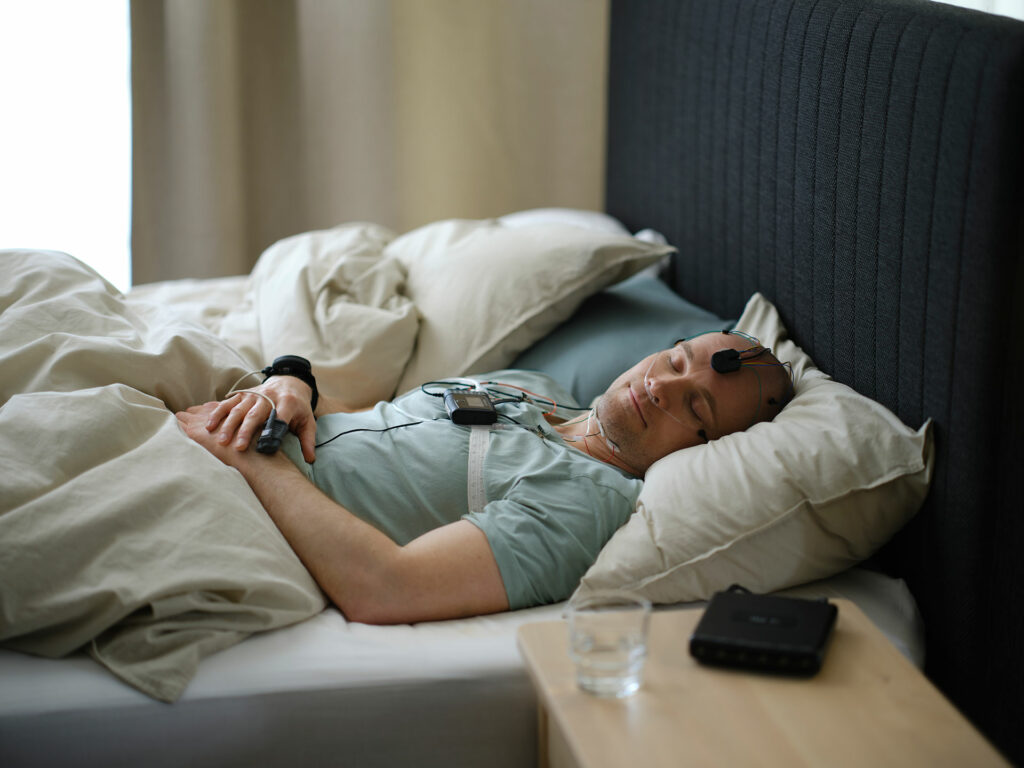
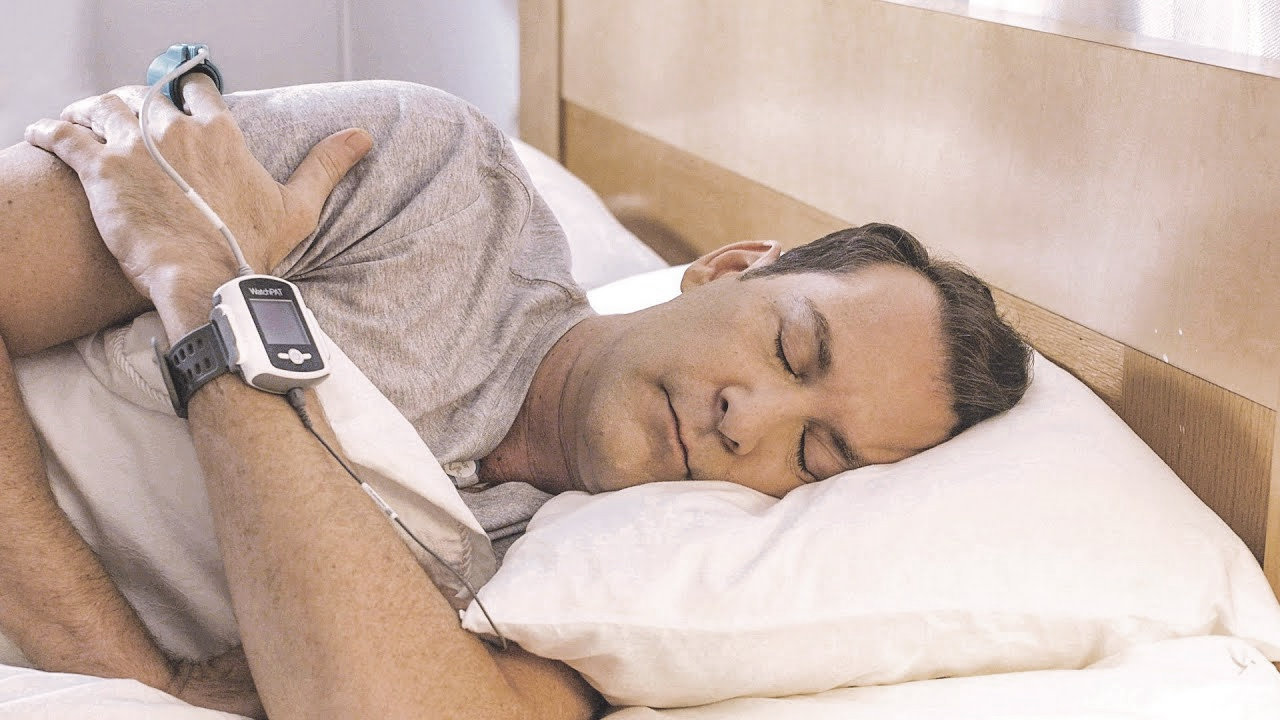
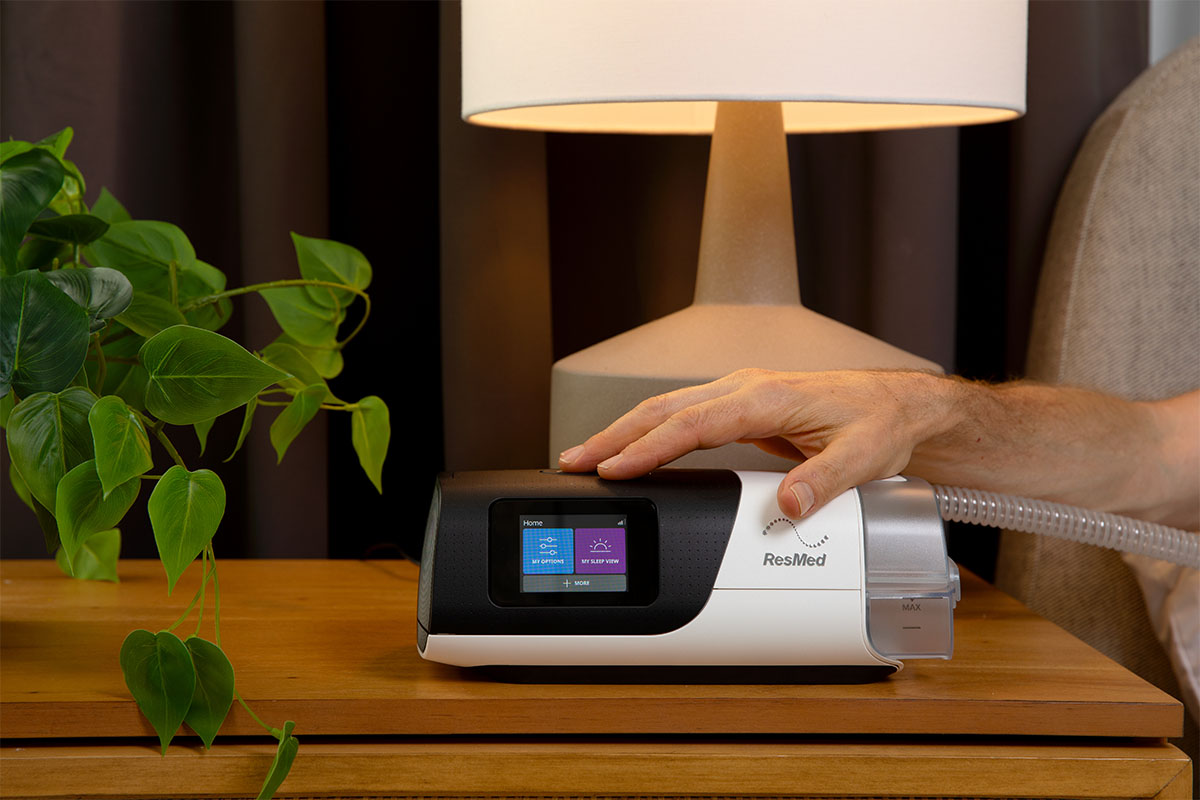
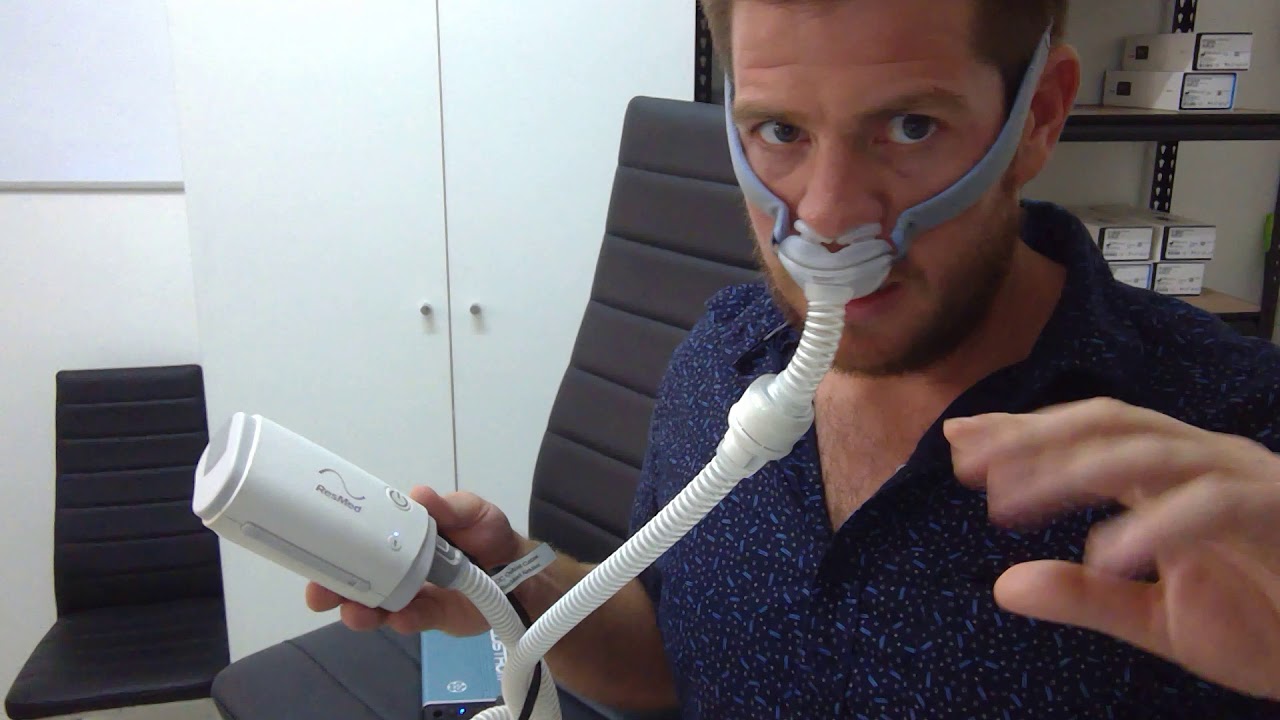

![Is Laser Eye Surgery Worth the Cost? [Complete Guide]](https://mhsblogs.com/wp-content/uploads/2023/05/LASIK-SMILE-and-PRK2.jpg)
